My (male) friend sent me a text today; a girl who was harassing him a few years ago posted #MeToo, the viral sexual harassment awareness …
#MeToo Sexual Harassment Abroad
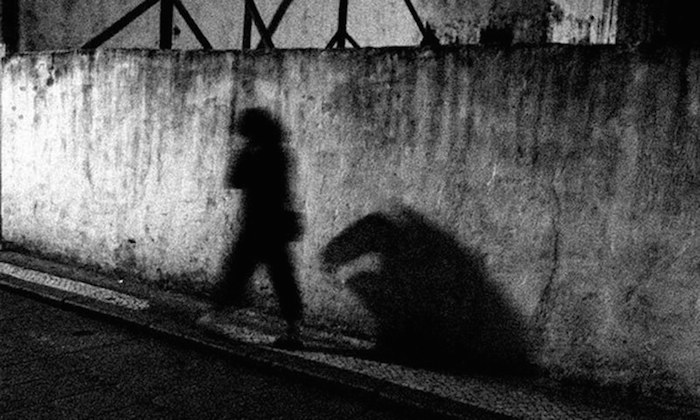
Travel. Workout. Write

My (male) friend sent me a text today; a girl who was harassing him a few years ago posted #MeToo, the viral sexual harassment awareness …
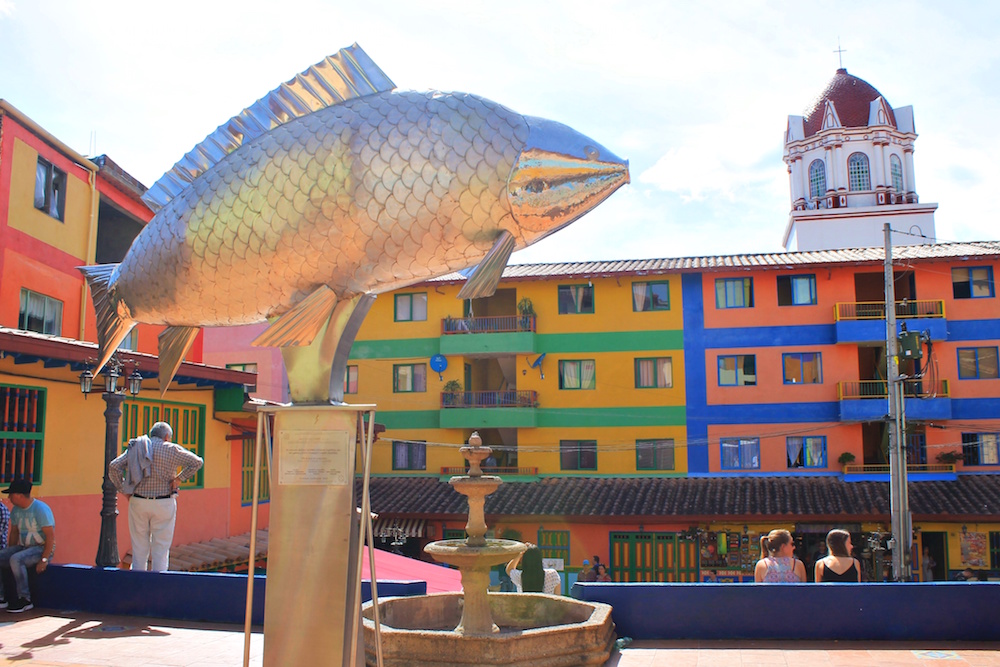
“Peculiar travel suggestions are dancing lessons from God.” – Kurt Vonnegut A few years ago, I met a girl who had an upcoming trip to …
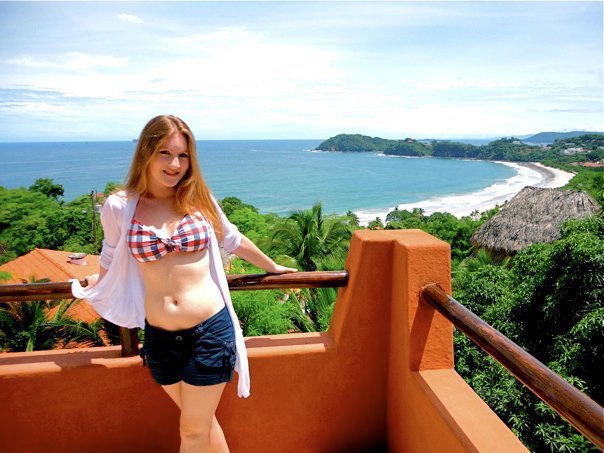
This year makes the 8th year in a row I’ve been out of the United States for the 4th of July.
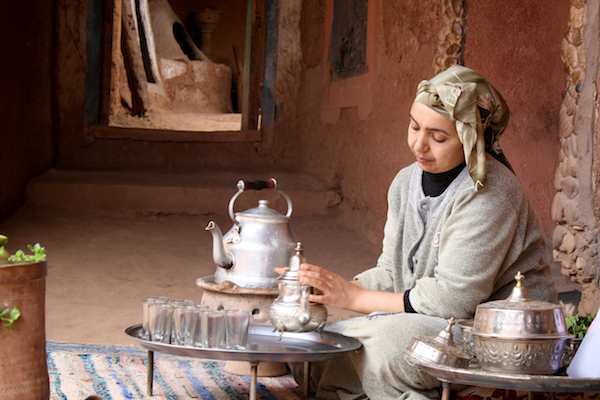
Recently I’ve been feeling a bit nostalgic for my Middle Eastern adventures, learning Arabic, and gorging on Ramadan sweets. I stumbled across all these old photos from Morocco and decided that’s where we should start.
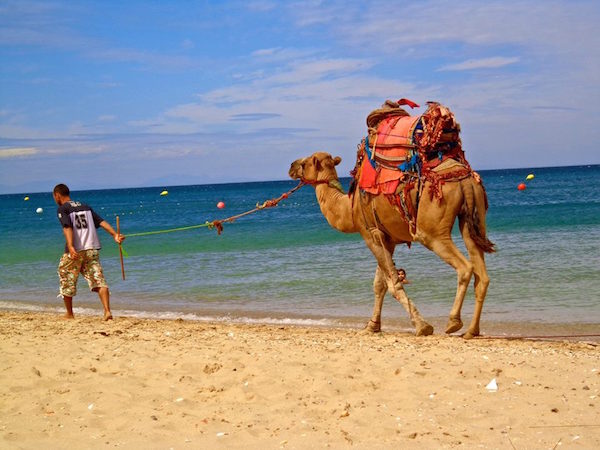
First, for those who don’t know, Ramadan is a month of fasting. Muslims do not eat, drink, or smoke between sunrise and sunset. Obviously, there are many variables and exceptions which I’m not going to get into.
If you are not Muslim, no one expects you to participate. Of course, different countries have different rules. In the UAE, for example, you can get a ticket for drinking water in public even as a foreigner. Whereas in Lebanon, tons of people smoke and drink on the street all day long.
I’ve traveled to Morocco twice. In 2010, a mere 20-year-old, I arrived with no idea what Ramadan was and little knowledge of the Middle East (or the world).
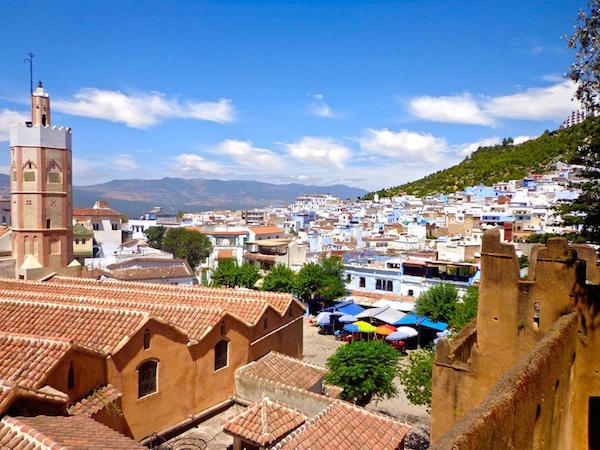
The first time I heard the zowaka (the early morning city alert that fasting was beginning again for the day), I sat straight up in bed thinking there was an air strike.

It was the first time I ever experienced culture shock. I’m glad I did though, because I’ve managed myself quite well in a host of countries since.

I returned to Morocco in July 2013 for a one-month Arabic course. I stayed with a Berber woman in Tetouan and her family. She didn’t speak any English or French so we essentially became pro pantomimes in this month.
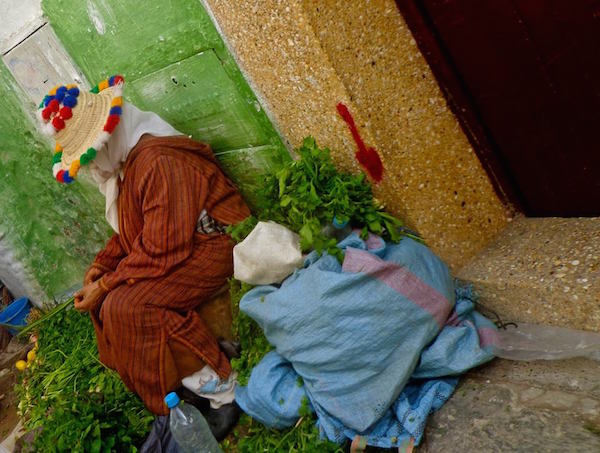
The family was incredibly good to me. I cringe thinking about how little clothing I walked around in. It was hot. I was 23. I was whole-heartedly feminist despite the cultural consequences. And I saw no problem with what I was wearing.
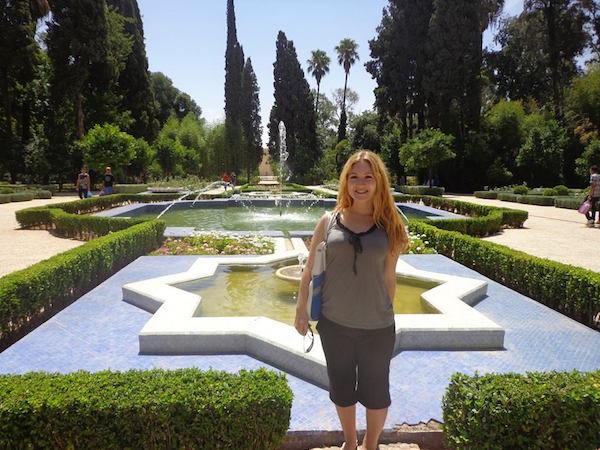
I see the problem now. There’s pushing the limits and then there is just blatantly ignoring them. Part of traveling is realizing when you make a travel “oops” and try to never do it again.
The family never said anything. Even when I paraded down the hall in the middle of the night in shorty shorts and a tank top to use the bathroom (cringe).
They still invited me every evening for Iftar (the first meal of the day after sunset). In Morocco, this means lots of dates and harira, a lentil and tomato soup.


For some, fasting means waking up early, going to work or school, and carrying on the entire day as normal (without food or drink). Of course, there are others who try to sleep the day away.
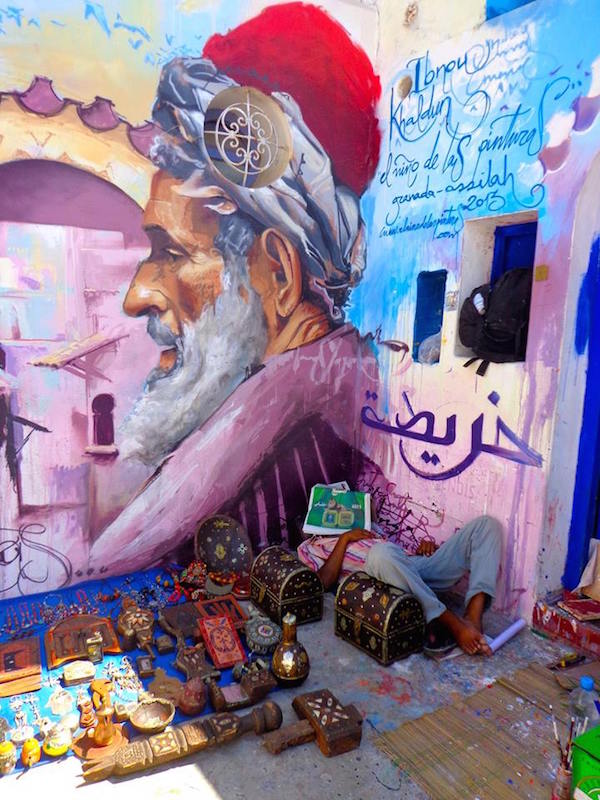
The best part of Ramadan is how alive everything becomes at night. From sundown until sunup everyone is gathering on the street, having a mint tea, eating, and enjoying themselves. It’s really like a month-long party.
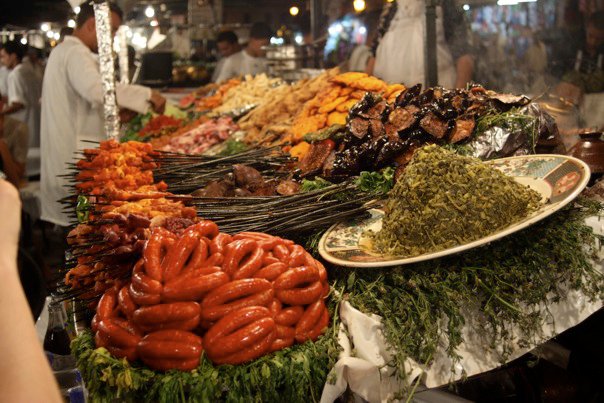
So here’s to all my friends celebrating Ramadan and to everyone else who indulged in my bout of nostalgia. I’m definitely feeling the “itch” to get back to the Middle East. Maybe next Ramadan.
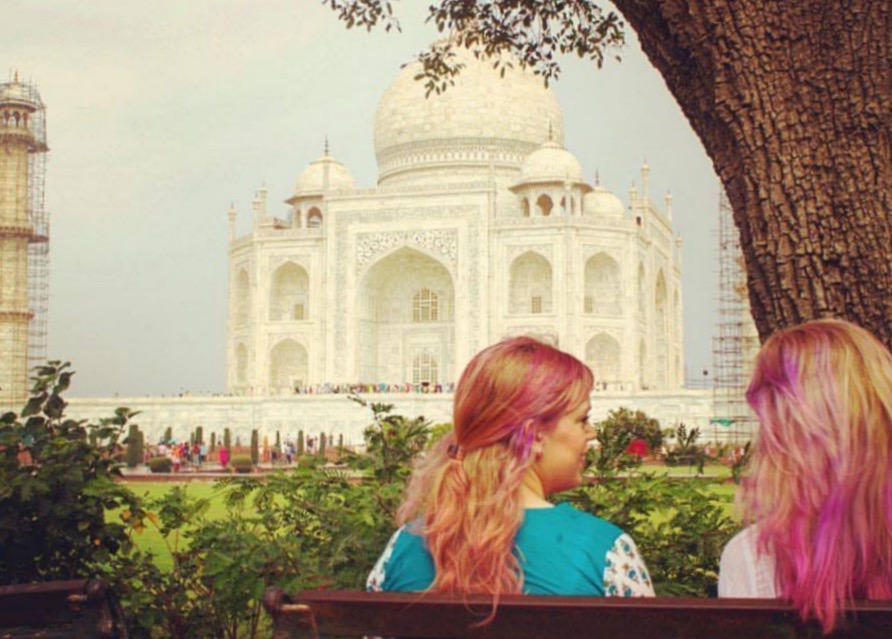
After leaving India, I’ve been able to weigh the aspects of the sub-continent that I’ll miss most as well as the little things that I felt were holding me back.
(more…)
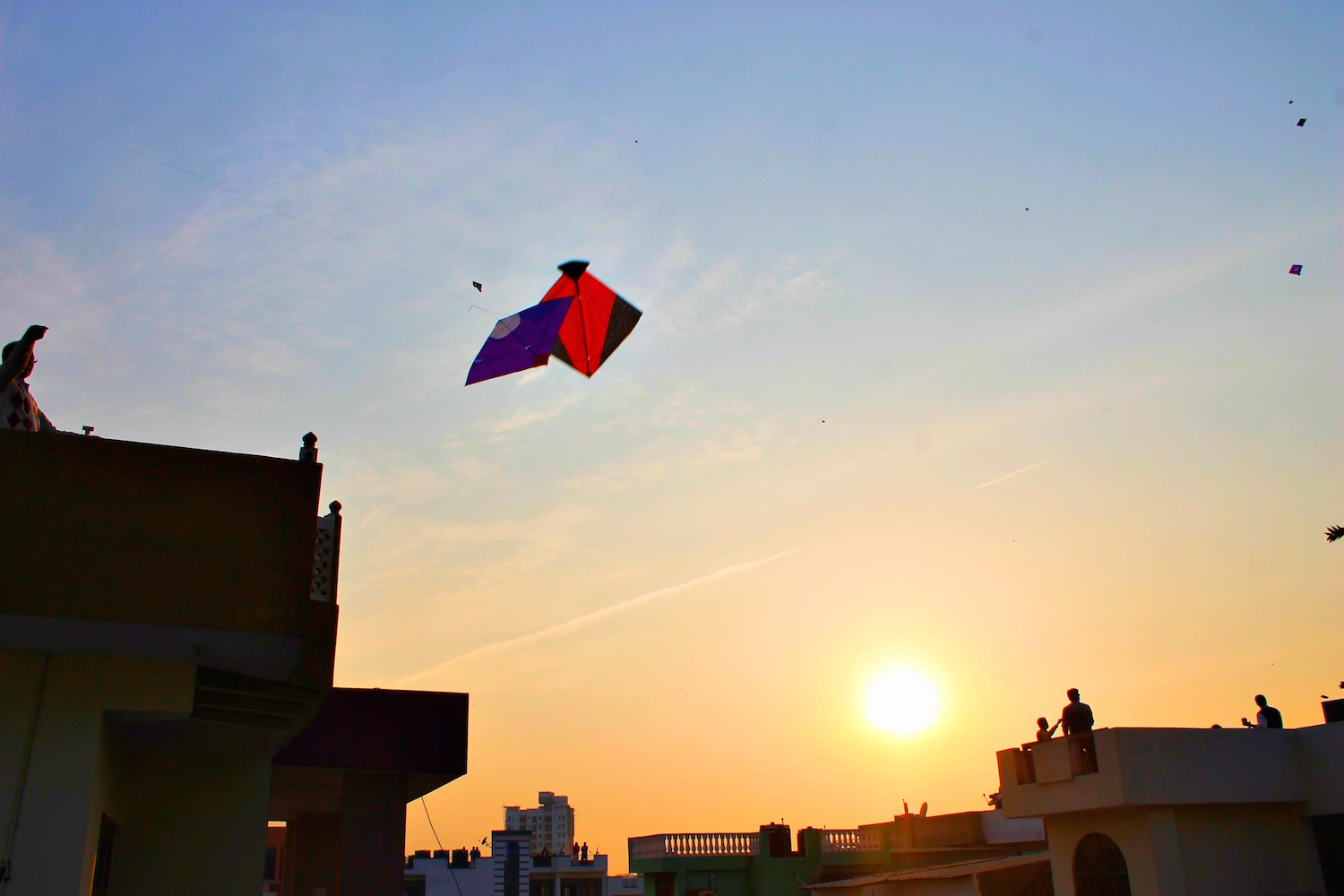
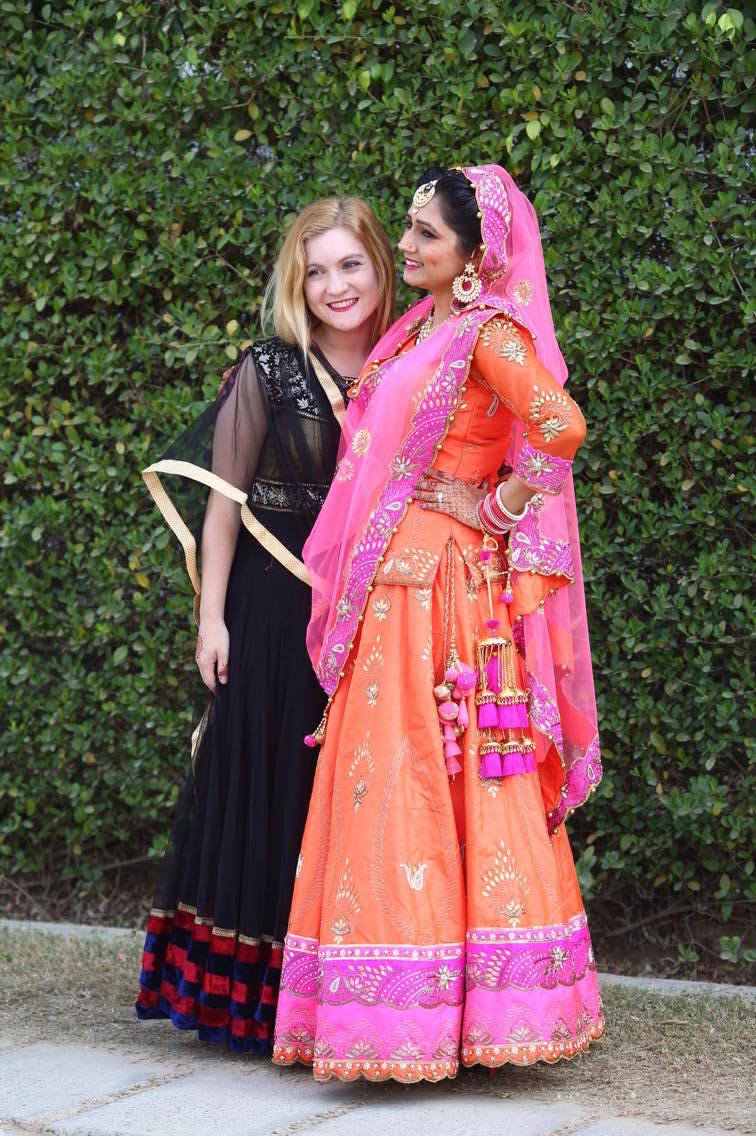
I met Happie over the summer quite accidentally. A group of Americans plopped down in the middle of my “not so foreigner filled” city (Chandigarh, for anyone not paying attention) for an intensive Punjabi language course. Most of these were college students on scholarship. They only stayed 8 weeks. At the end of their course, I hosted a girl, Morgan, since her sponsored housing had run out. It was through her that I met Happie, the Punjabi language teacher of the course. She was just as her name might imply- happy, cute, and fun.
So in late November, I woke up early in the morning and caught a 6am bus to Faridkot, a town in Punjabi near the Pakistani boarder. If you haven’t heard of it, no worries, I couldn’t even pronounce it correctly when I got to the bus station. Four hours later, Happie’s brother picked me up and drove me to her house, a two-story farmhouse. I met some of Happie’s friends from college, friends from Faridkot, and her family. Then the craziness of all the activities began.
Day 1:
Morning: Happie showed me some of her engagement photos with her future husband (they both looked really beautiful, like Bollywood stars or something). She said she had deferred taking more photos until after the wedding because she didn’t feel comfortable with him yet. It was interesting to me how completely calm she was. She had only met him once before (he lives in Canada; she’d been skyping with him for almost a year) but only once very calmly said, “I’m a bit nervous. I don’t really know him.” This seemed to fall in stark contrast to my American friend who recently married her boyfriend of four years (whom she lives with) and was a wreck of nerves before her wedding.
Afternoon: Mehndi (henna) session on Happie’s patio consisting of Happie’s friend and two other girls doing everyone’s mehndi while we drank chai and chatted. Since I had broken my arm three days prior, I only got mehndi on one hand. Happie, as the bride, had incredibly elaborate designs. Her friend produced some eeriously impressive artwork on both her hands and feet. I was sort of jealous of how ornate her mehndi was that I briefly contemplated marrying some random Punjabi man just so he could get a green card and I could have pretty mehndi on my wedding day.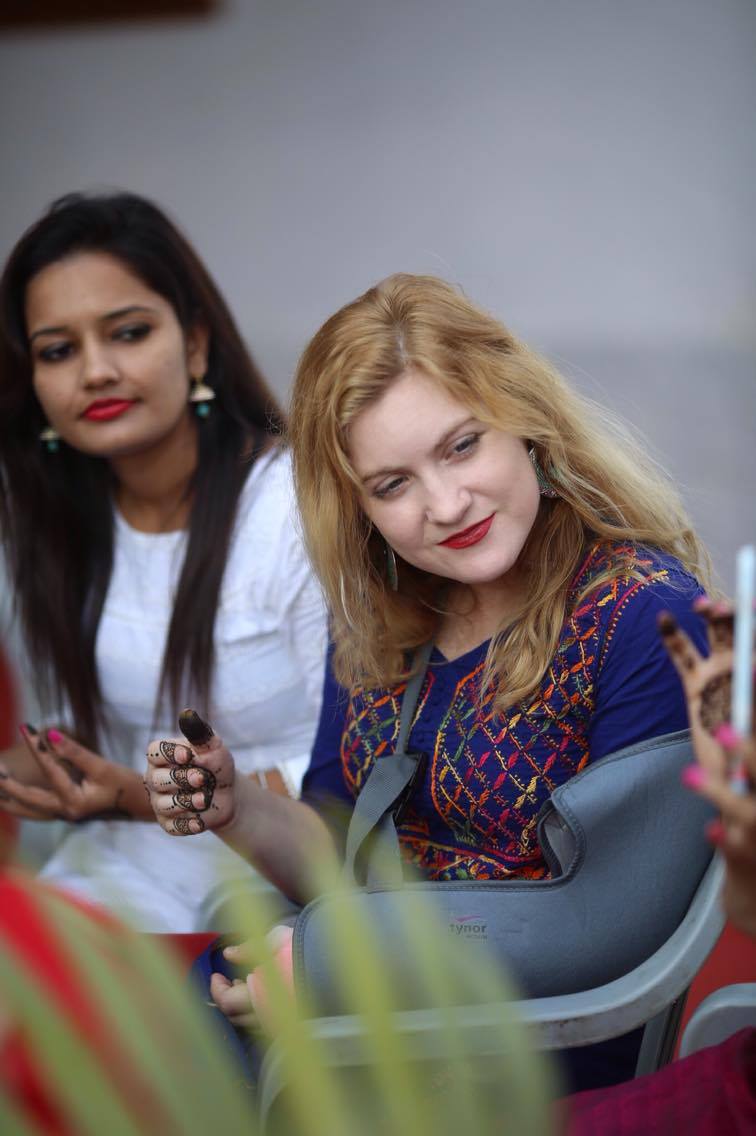
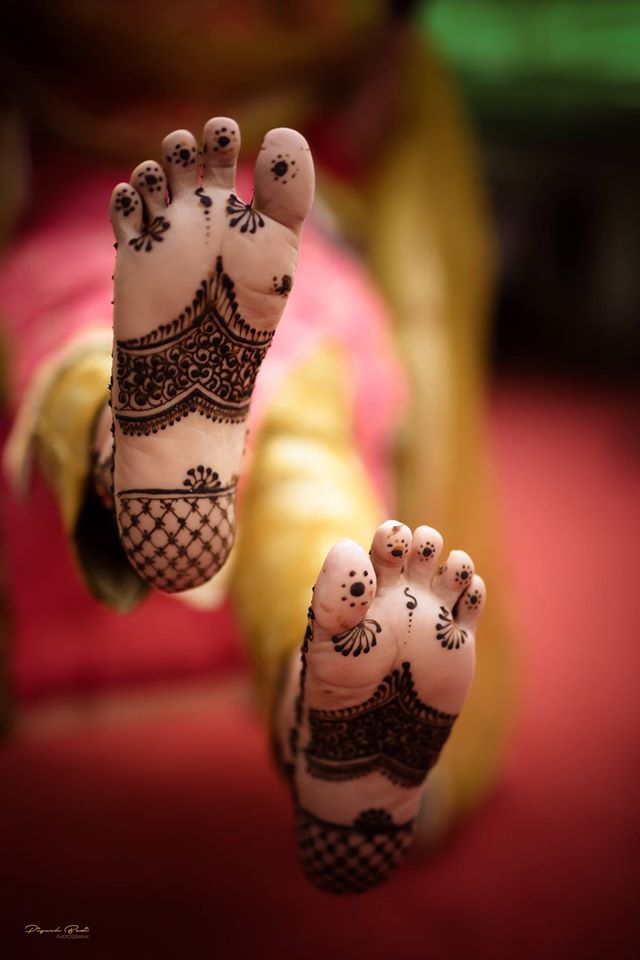
Ultimately, I decided a lifetime of marriage wasn’t worth a day of pretty hands and feet. But the mehndi session was quite fun.
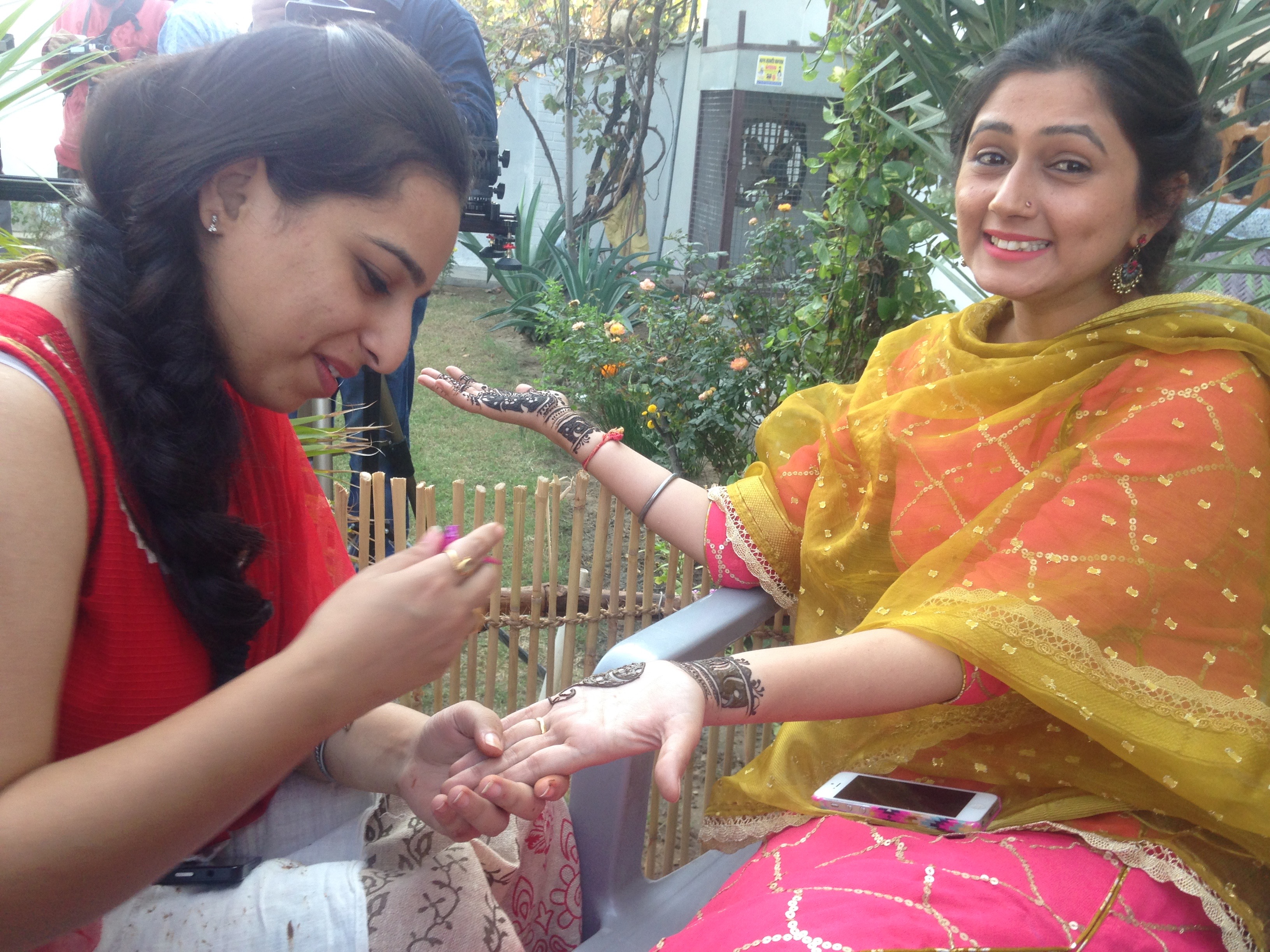
Early Evening: The photographer took photos of all the girls out in the field.
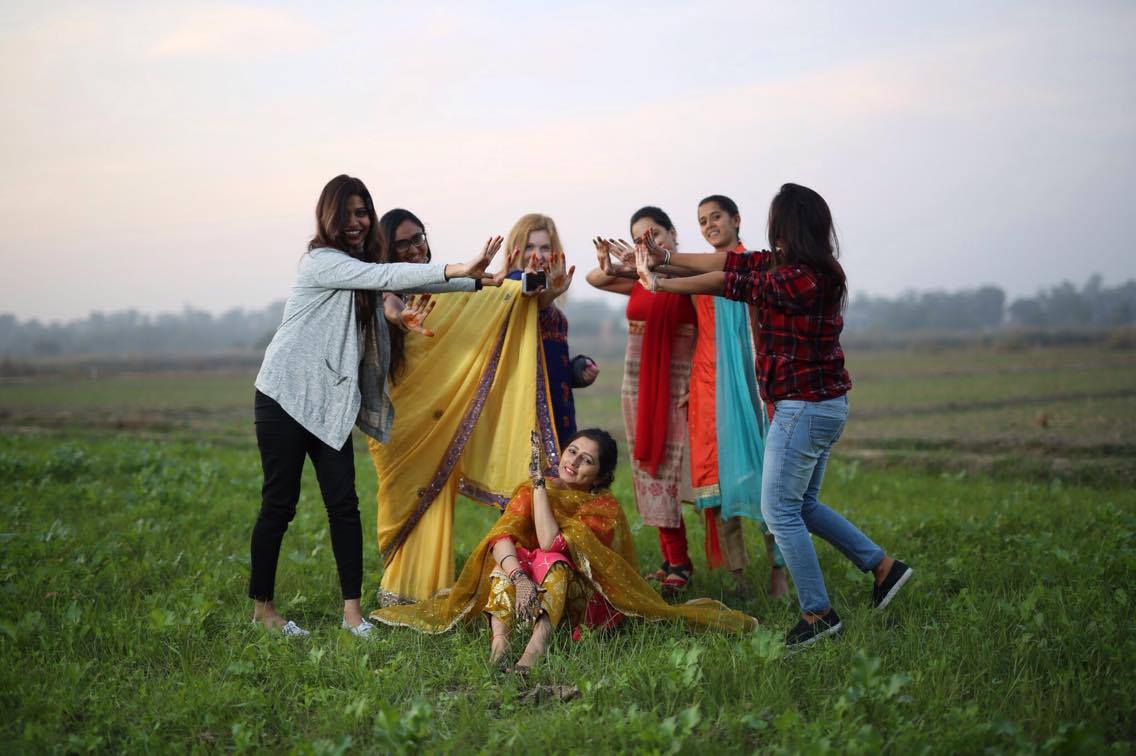
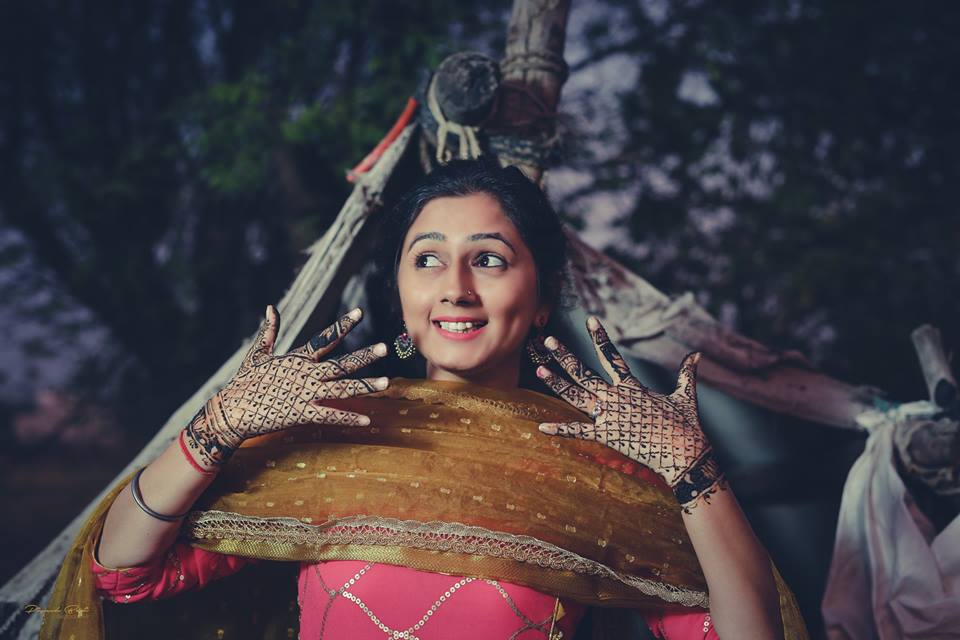
Some of the older women had gathered in the same patio area and were singing together (then one woman would come forward and sing a line or two by herself while everyone kept clapping). Someone explained to me they were singing “marriage advice” to Happie but funny advice. I think an English equivalent would be something like, “Sure you’ll love marriage when you’re on the beach on your honeymoon but just wait until five years of cleaning up his toenail clippings.” (No one said this specifically in Punjabi but I think that was the kind of advice being given). All in good jest, of course.
Evening: I changed into one of my “suits” and met some more of Happie’s friends from Faridkot. We talked inside for awhile before walking around to the back of her house where a large fancy tent was set up, fully furnished with a buffet-style bar, dance floor, speakers, and DJ. We ate and then started dancing.
Everyone danced, even the oldest women (actually, they were the ones who would make you stand up again if you sat down). Some of the older men would throw stacks of ten rupee notes into the air and then hired help would scurry around people’s feet collecting the notes. Then, they started firing guns out in the farm. 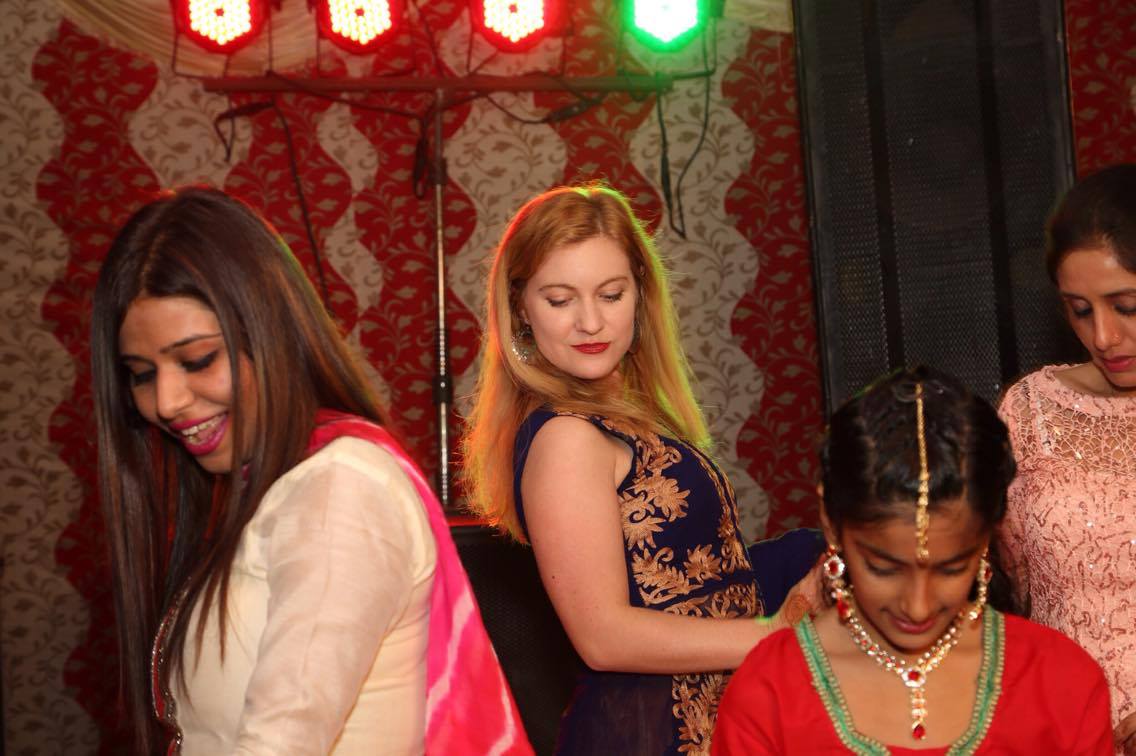
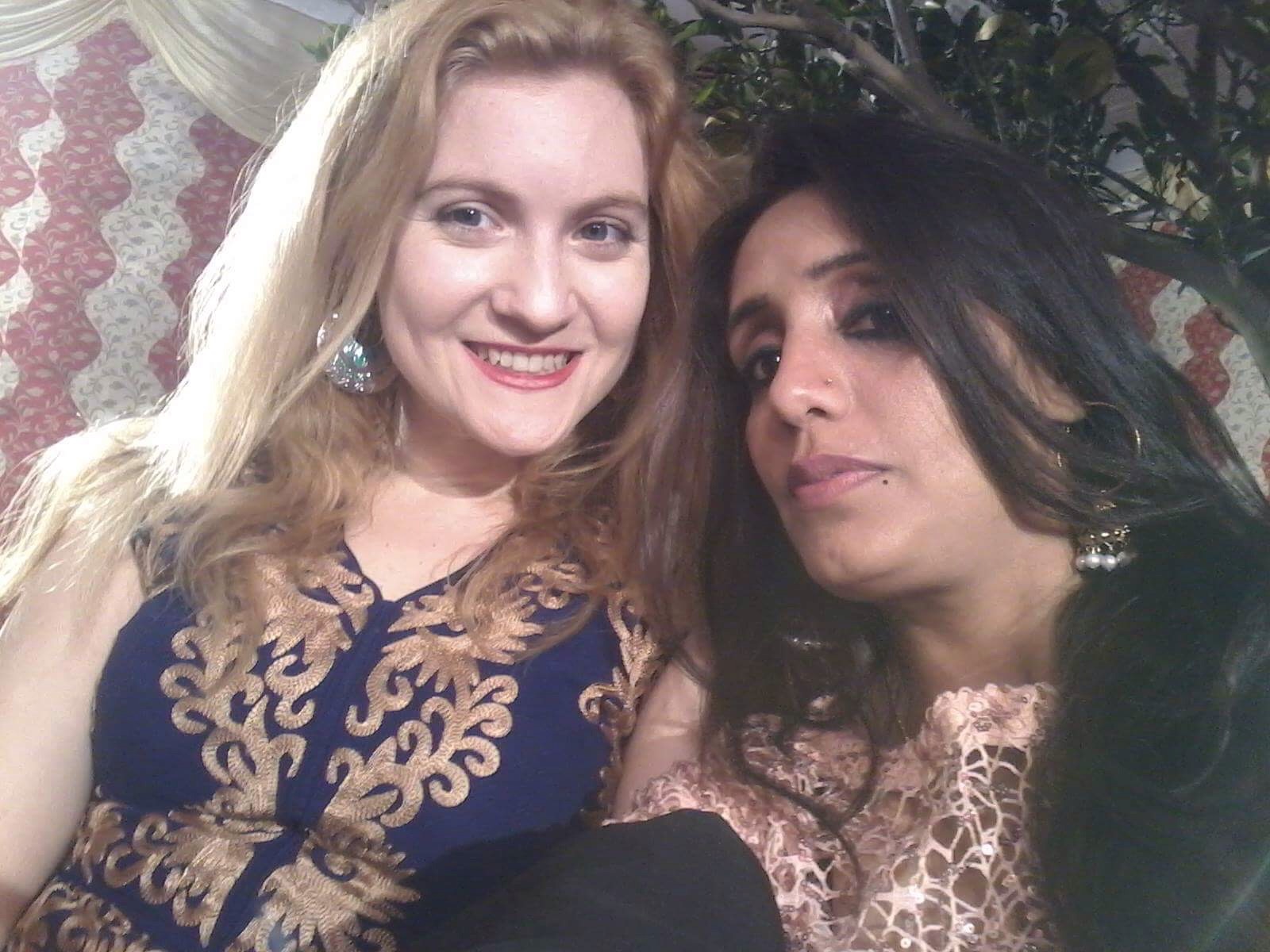
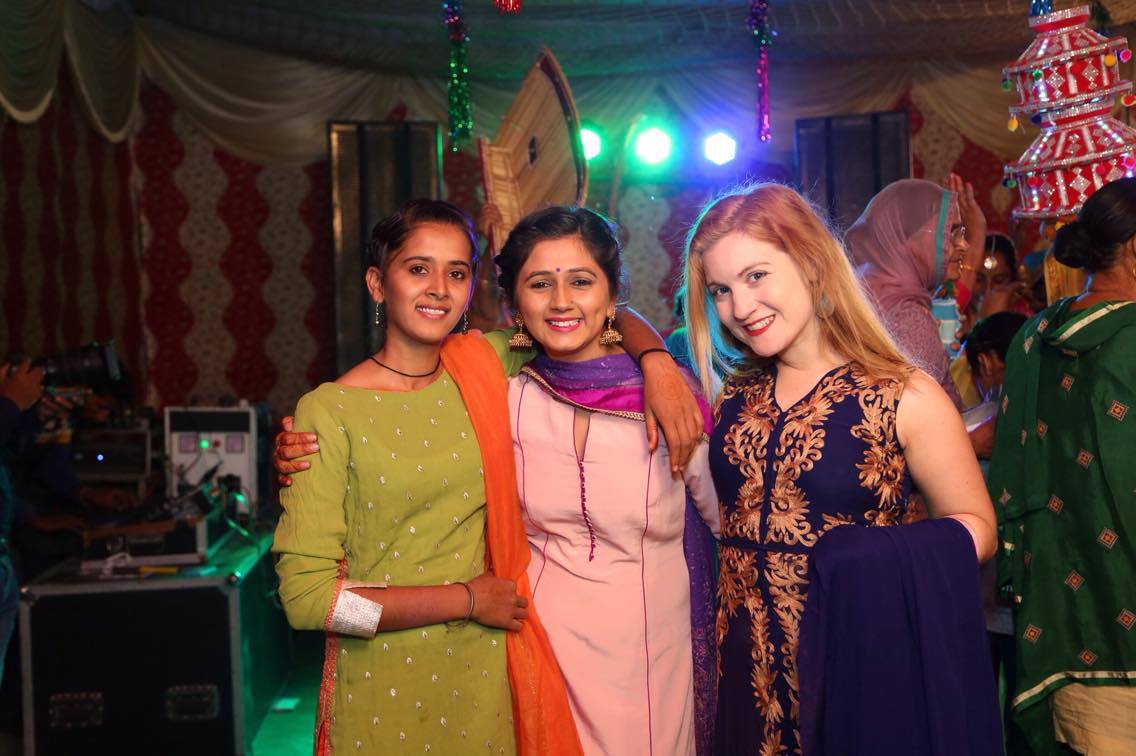
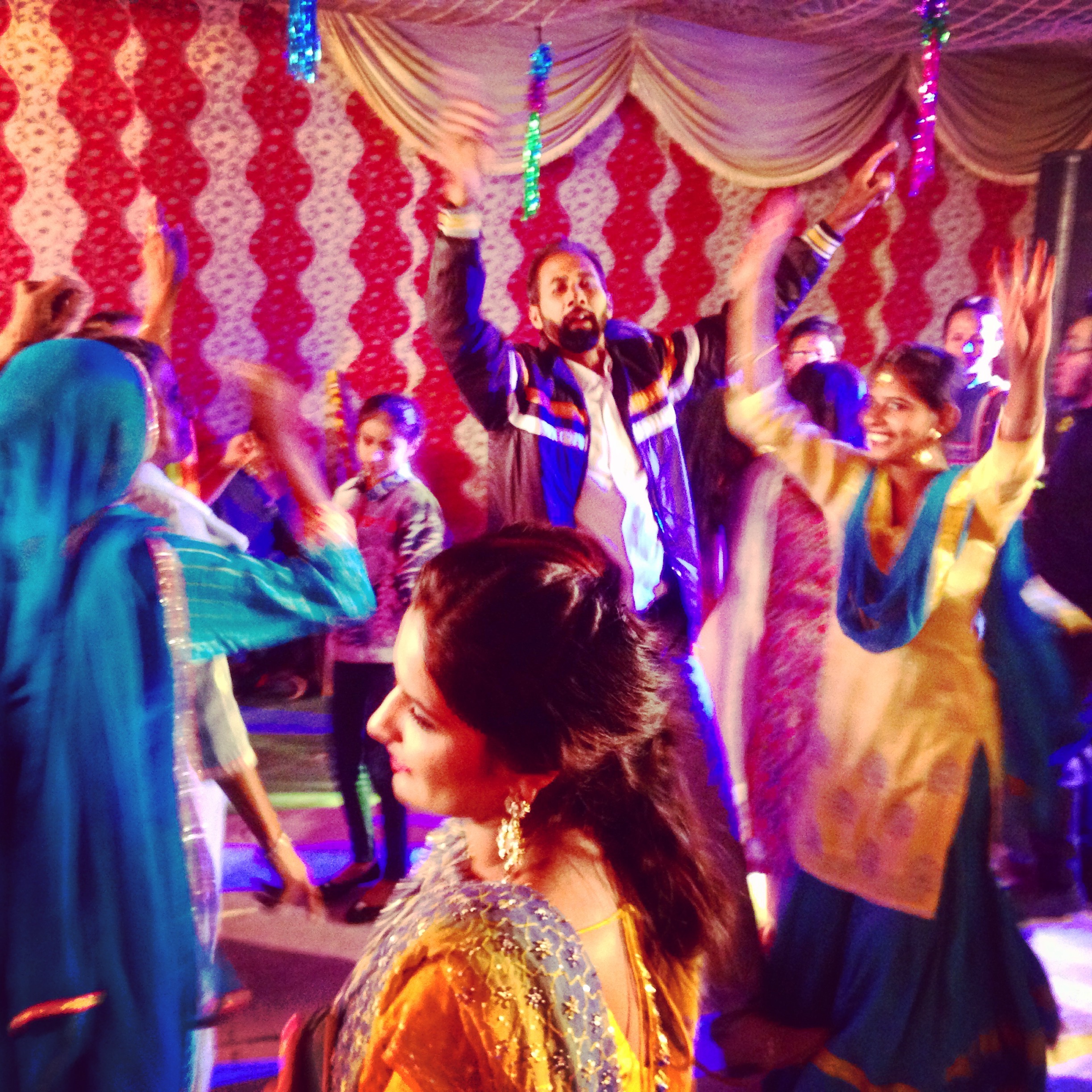
Night: Close to midnight, the family decided to do a tradition (I don’t know the name) in which they cover the bride in turmeric. Turmeric is related to ginger and is usually found as a bright yellow powder. Traditionally, it is used by Indian brides before the wedding to make their skin take on a golden glow. That night we all gathered around Happie on the patio and took turns rubbing a turmeric paste on her face and putting a little oil in her hair. I think this tradition was supposed to be done at 4am before the wedding but I guess since everyone was already at the house, doing it around midnight worked better.
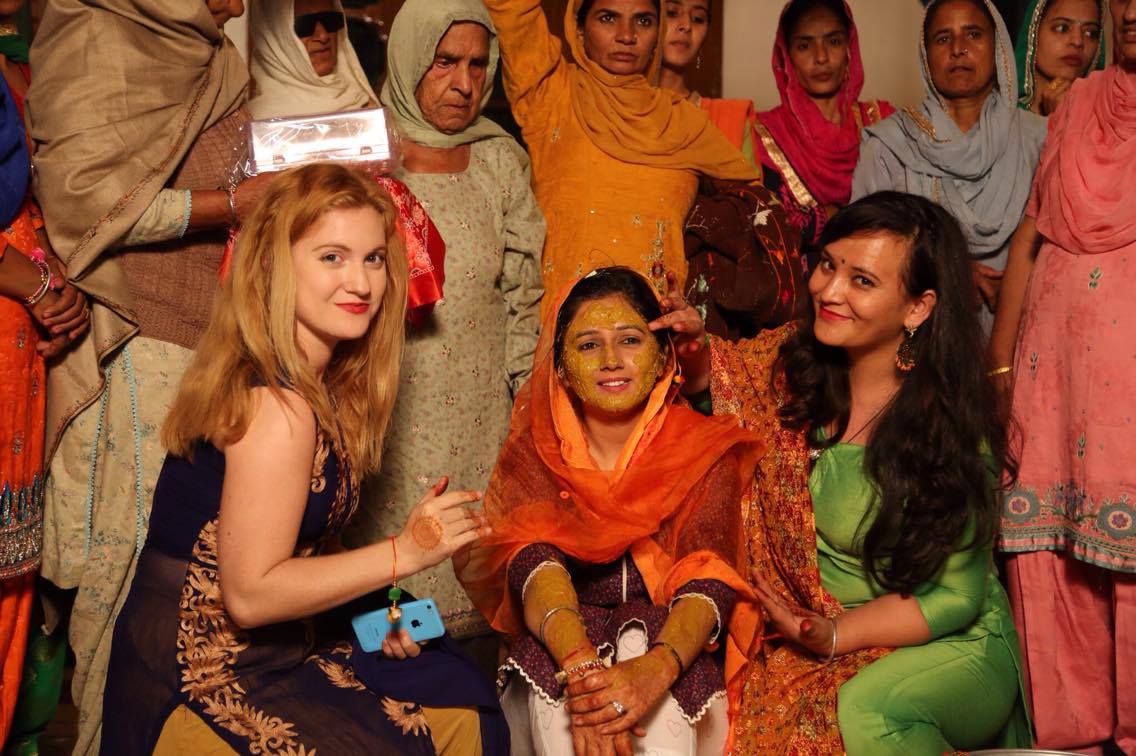
I’ve actually used turmeric paste before. It’s good for psoriasis but stains your skin yellow. Apparently it looks much better on the ‘wheatish’ Indian complexion than on Caucasian skin. While Happie looked beautiful after her turmeric treatment, I never developed the “golden glow”, just an awkward Simpsons’ yellow.
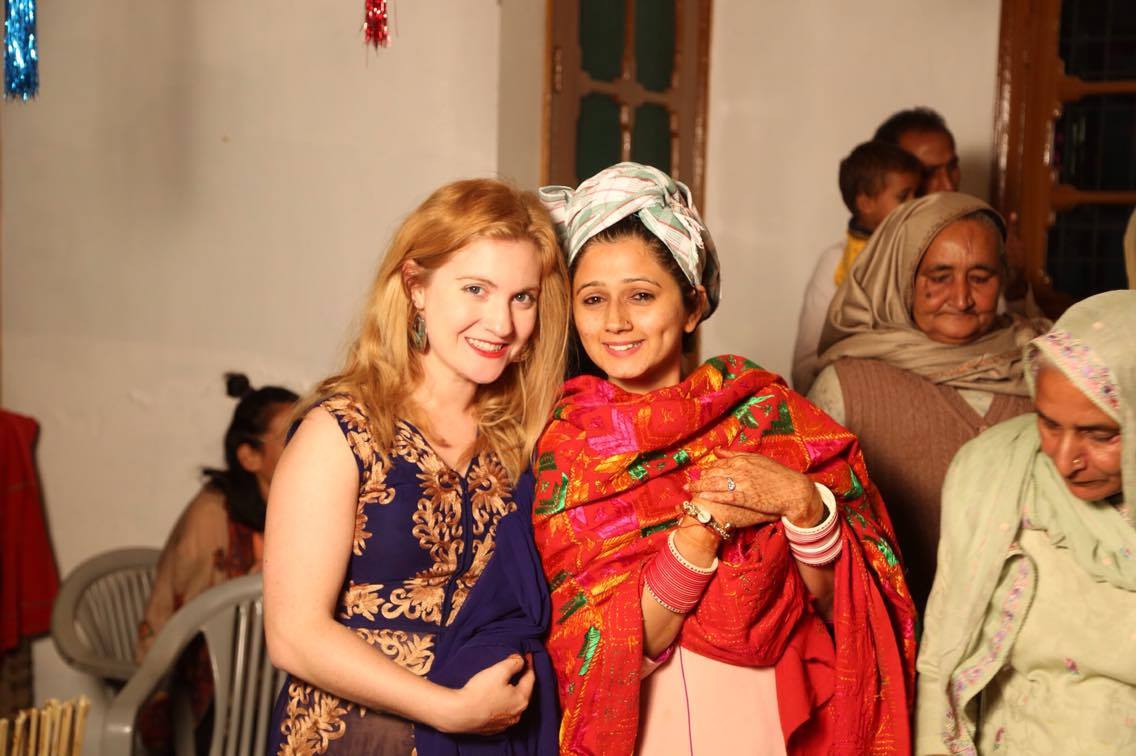
Night continued: It was fun seeing everyone getting ready for bed. Mattresses covered almost every inch of the foyer area for all the male relatives to sleep. I shared a room with Happie’s two friends from college. Everyone just piled into her house and slept there. None of that hotel and privacy nonsense we Americans “need.”
Day 2:
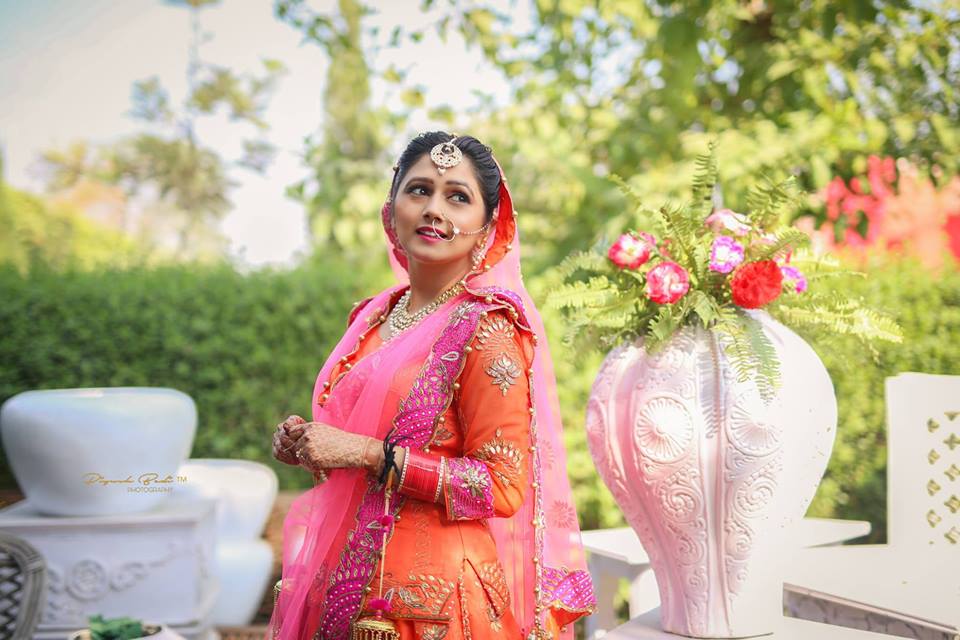
Morning: Breakfast parathas! My favorite part of Punjab. A bit like pancakes, parathas are made from wheat flour and stuffed with vegetables (potato, onion, cauliflower, radish, etc..). They are fried and one eats them with dahi (curd, plain yogurt).
Then I started getting ready. From Happie’s house we drove down the road to a very large event center where Happie was in the middle of a photoshoot looking totally fabulous. Indian brides typically wear bright colors (red most traditionally but I’ve also seen orange, yellow, and pink). Seeing Happie all dolled up, I developed Indian wedding envy again and started rethinking my potential random Punjabi green card marriage ever-so-slightly.
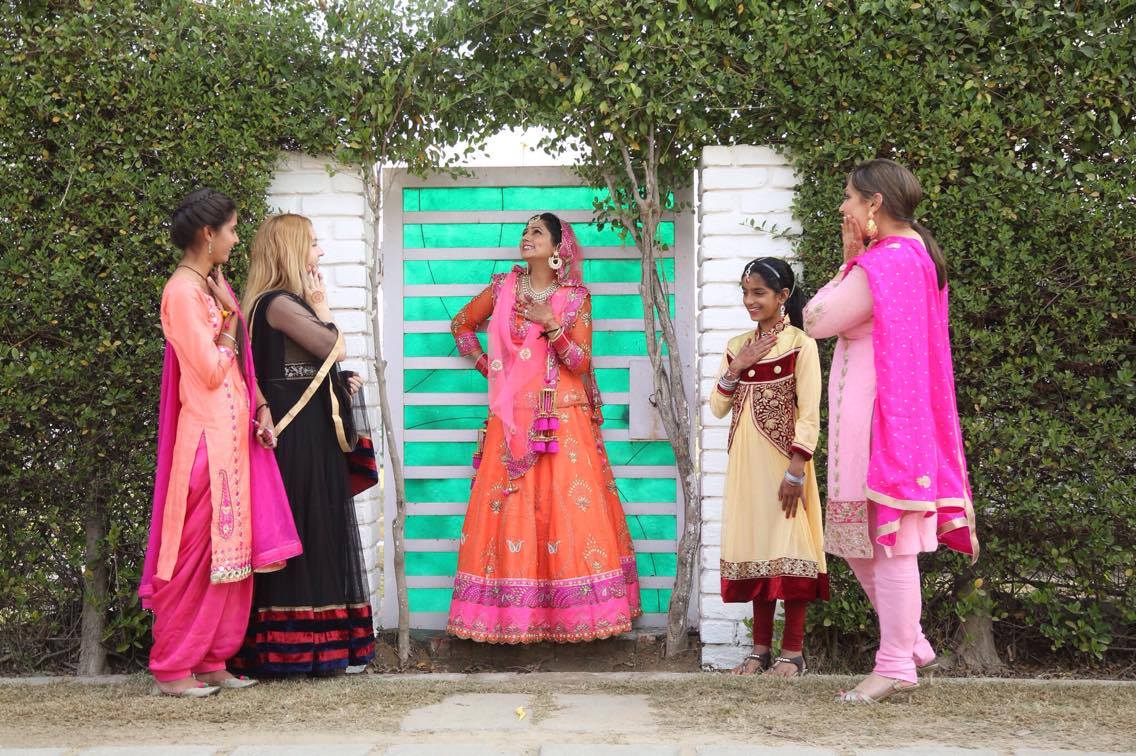
Afternoon: The groom’s family arrived at the event center. The bride’s family had a long ribbon blocking them from entering the premises. The groom bargained with her friends and female cousin. In order to “get to” the bride, he must agree to pay a price to the sister/young female relative. I don’t know how much he agreed to pay. I know they started off with $1,000 but came down to something reasonable pretty quickly.
Then we all drove to the Gurdwara (Sikh place of worship) for the marriage ceremony. Happie’s cousin stayed with me to make sure I didn’t embarrass myself. We left our shoes outside and covered our heads, walked in, knelt before the alter, put some money in the donation box, and moved to the side. I was pretty happy about the “moving to the side” bit because the fancy leggings that came with my dress were much too large. This could be solved by tying them tightly, but with a broken arm, I couldn’t tie them properly. Lest, I spent most of the ceremony worried about keeping my pants on. The cousin came to my rescue after and tied them properly for me in the bathroom.
The religious ceremony was short and sweet, about the same length as a typical Protestant wedding ceremony. Some words were read in Punjabi, and Happie’s finance lead her around the alter with a piece of orange fabric four times.

Late Afternoon:  We returned to the event center. The entire area was decorated with nice chairs, couches, tables, and decorations. There was a stage with music and a large buffet area in the back. I’m guessing around 500 people had attended. Happie and her new husband sat on the stage as the guests lined up to say congratulations and give them money as a present. After a few hours, I went inside with some of her friends were there was another buffet. Happie ate with the groom’s family.
We returned to the event center. The entire area was decorated with nice chairs, couches, tables, and decorations. There was a stage with music and a large buffet area in the back. I’m guessing around 500 people had attended. Happie and her new husband sat on the stage as the guests lined up to say congratulations and give them money as a present. After a few hours, I went inside with some of her friends were there was another buffet. Happie ate with the groom’s family.
Send Off: Even though Happie won’t be moving to Canada for a few more months, the symbolism in Indian weddings (and American weddings) can be a bit overwhelming. Just like how in the US our Dad’s walk down the aisle and “give” their daughters to the grooms, symbolizing a departure from daddy to hubby, Indian weddings do something similar. In Happie’s case, she symbolically left her family and got in a car with the groom’s family and drove off. She gets slightly teary-eyed during this process, understandably. Also during this time, older uncles were again throwing handfuls of money on the couple and on the car. In this case, the hired help even climbed on the car the collect the rupees.

Evening: Happie’s friend, Aman, invited me to her house for the evening. I met her family and she took me into Faridkot to the main Gurdwara.

Overall, it was a really wonderful experience. Unfortunately, there was a bit of a language barrier between me and most of Happie’s family/guests. Despite that, her family went out of their way to involve me and get to know me. I really enjoyed just observing the craziness and excitement in her house. Also, her friends all spoke English and explained some of the traditions as well as just chatted with me casually. In all, it was by far one of my favorite weekends in India.
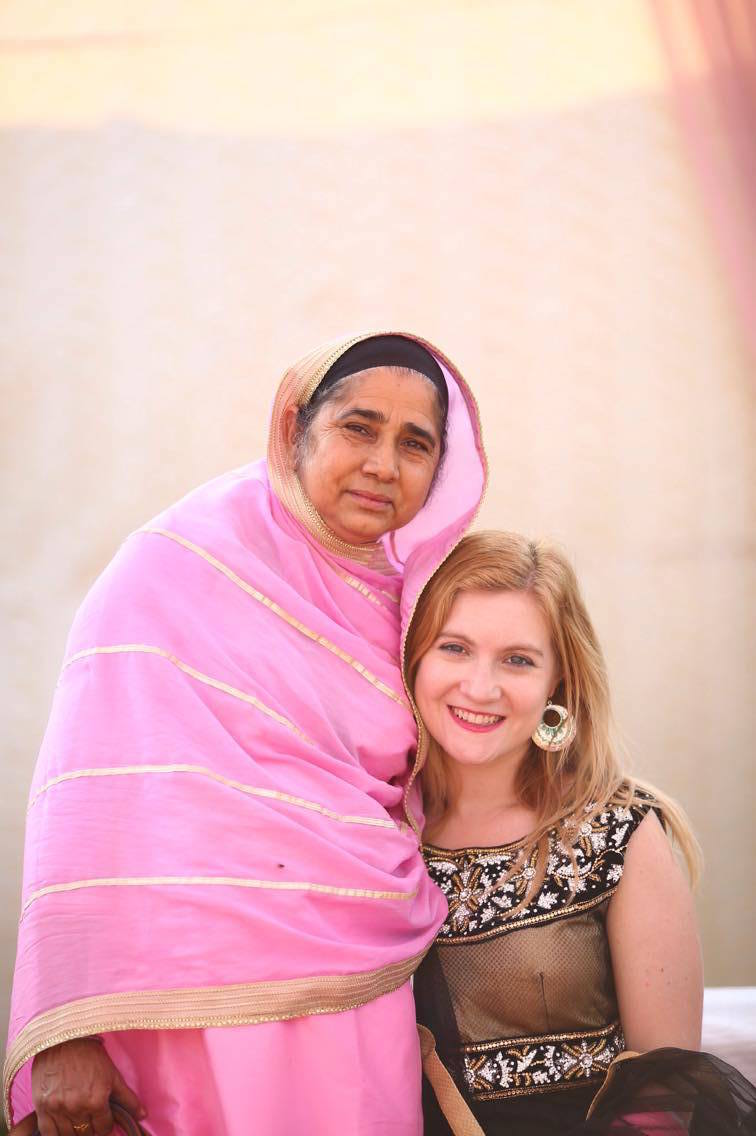
*Professional Photos taken by Piyush Bedi
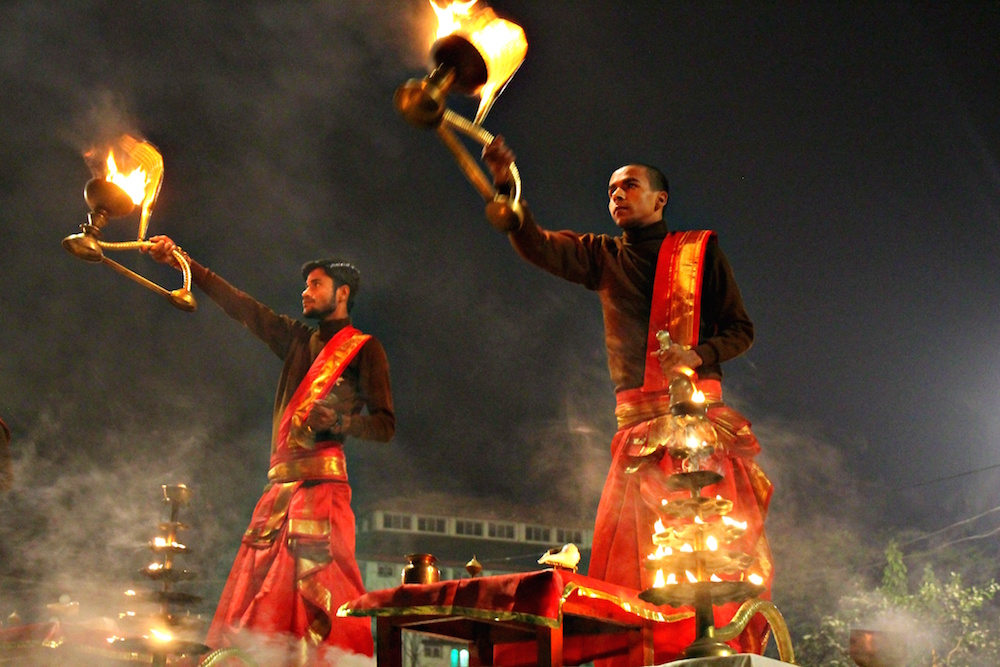
I didn’t spend 12 days in Varanasi, only 3. But it was a pretty amazing place; one of my favorites in India for sure. I mostly just wandered around taking photos. I wanted to post the photos of “daily life” in the religious city. It’s probably the pain killers, but I decided writing about Varanasi would be more fun to the tune of “Twelve Days of Christmas.” So bare with me….
On the twelfth day of Christmas, my true love gave to me:
12) Twelve Boats a Floating
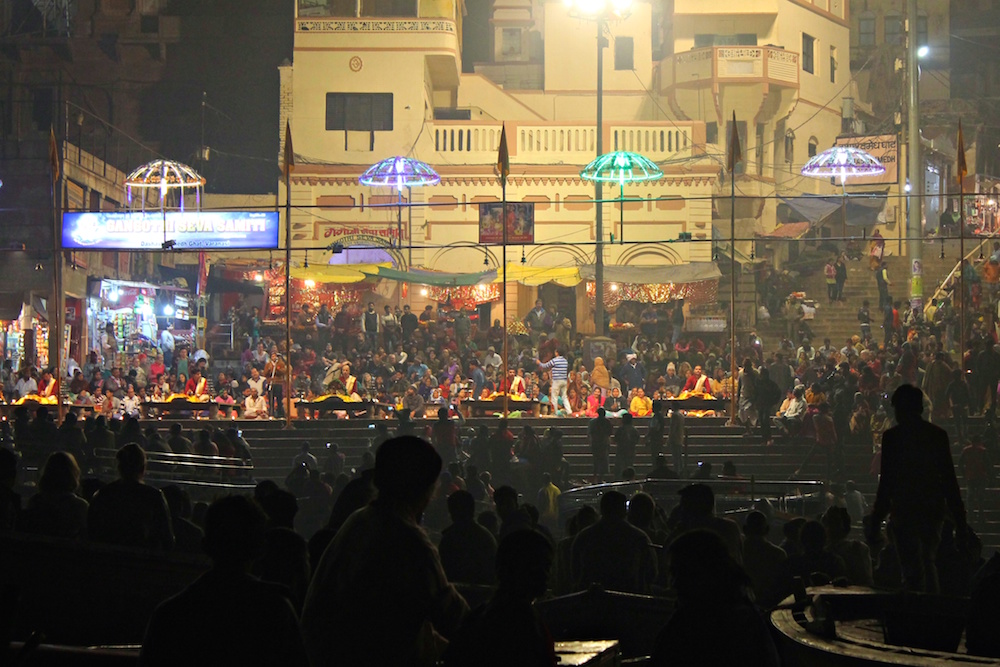
Obviously not just 12. Many, many more than twelve. The evening Aarti at Dashashwamedh Ghat is attended by thousands. We were on the boat and could barely see through all the boats. Then another crowd comes by foot and observes from the ghat. The Aarti is performed by seven priests who commit to the Lord Shiva, Mata Gange, Surya, Agni (Fire), as well as the whole universe made by the Lord Shiva.
11) Eleven Birds a Flying
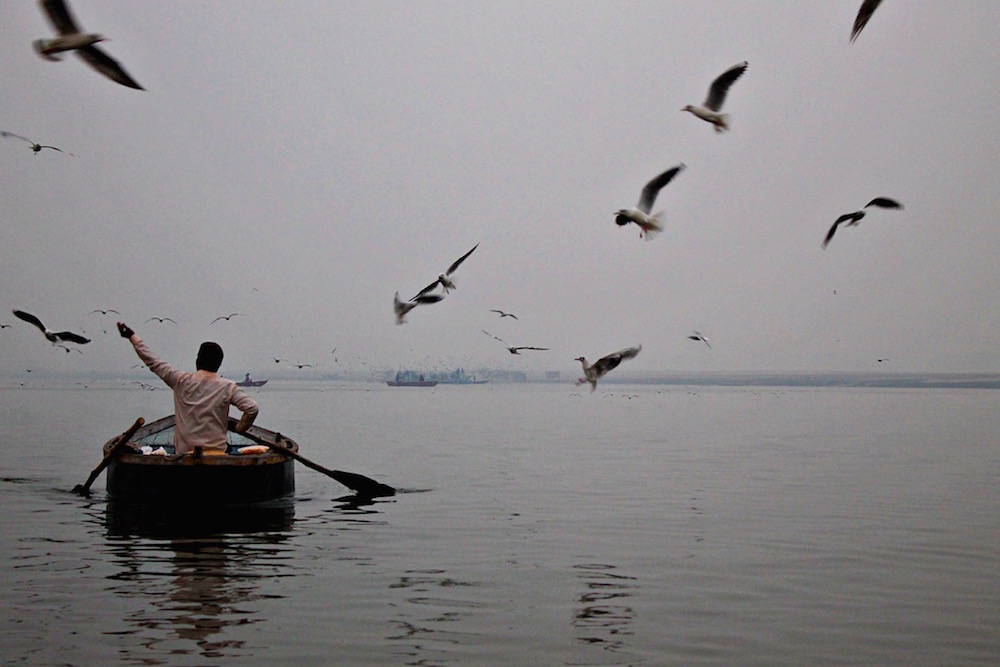
Early morning on the Ganges, a man feeds the birds.
10) Ten Bags of Laundry
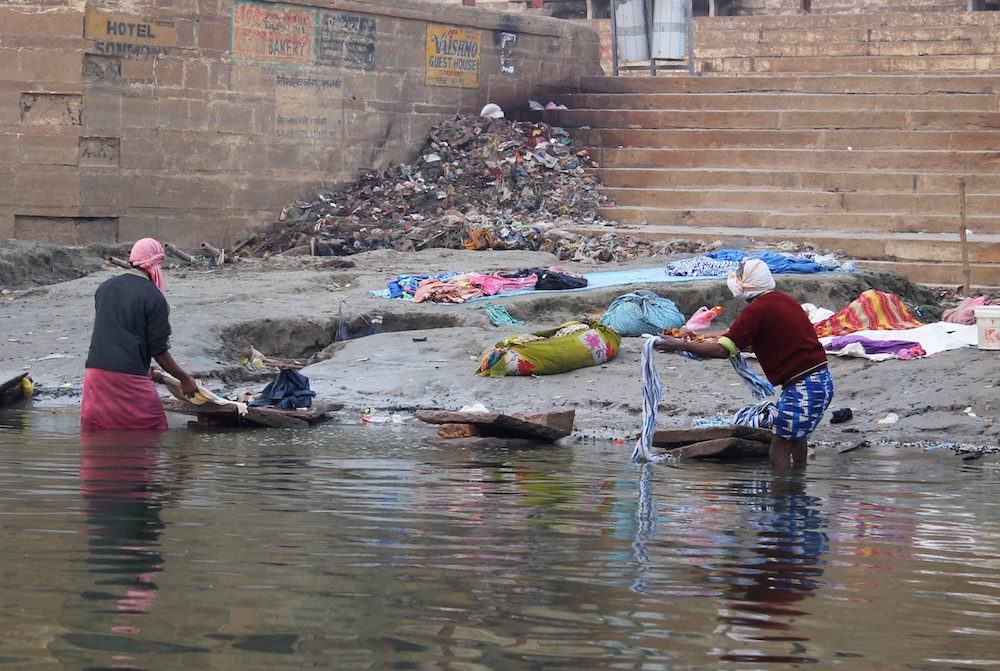
People use the Ganges for everything, include laundry. These men wash clothes on these boards, undeterred from their extremely close proximity to a small burning ghat (area on the river where bodies are burnt)
9) Nine Bathers Bathing
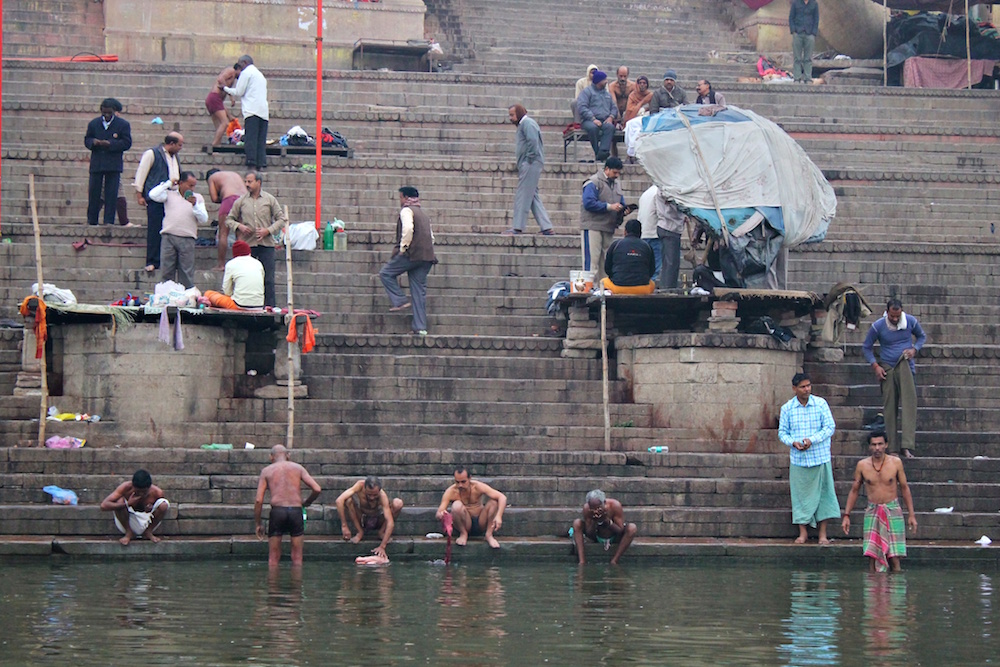
The Ganges is probably most famous for its bathers. Changing rooms dot the ghats. The river is considered sacred and the water is used in rituals and for purification. (I’m counting the two bathers further up on the ghats to get to the #9).
8) Eight Players Playing
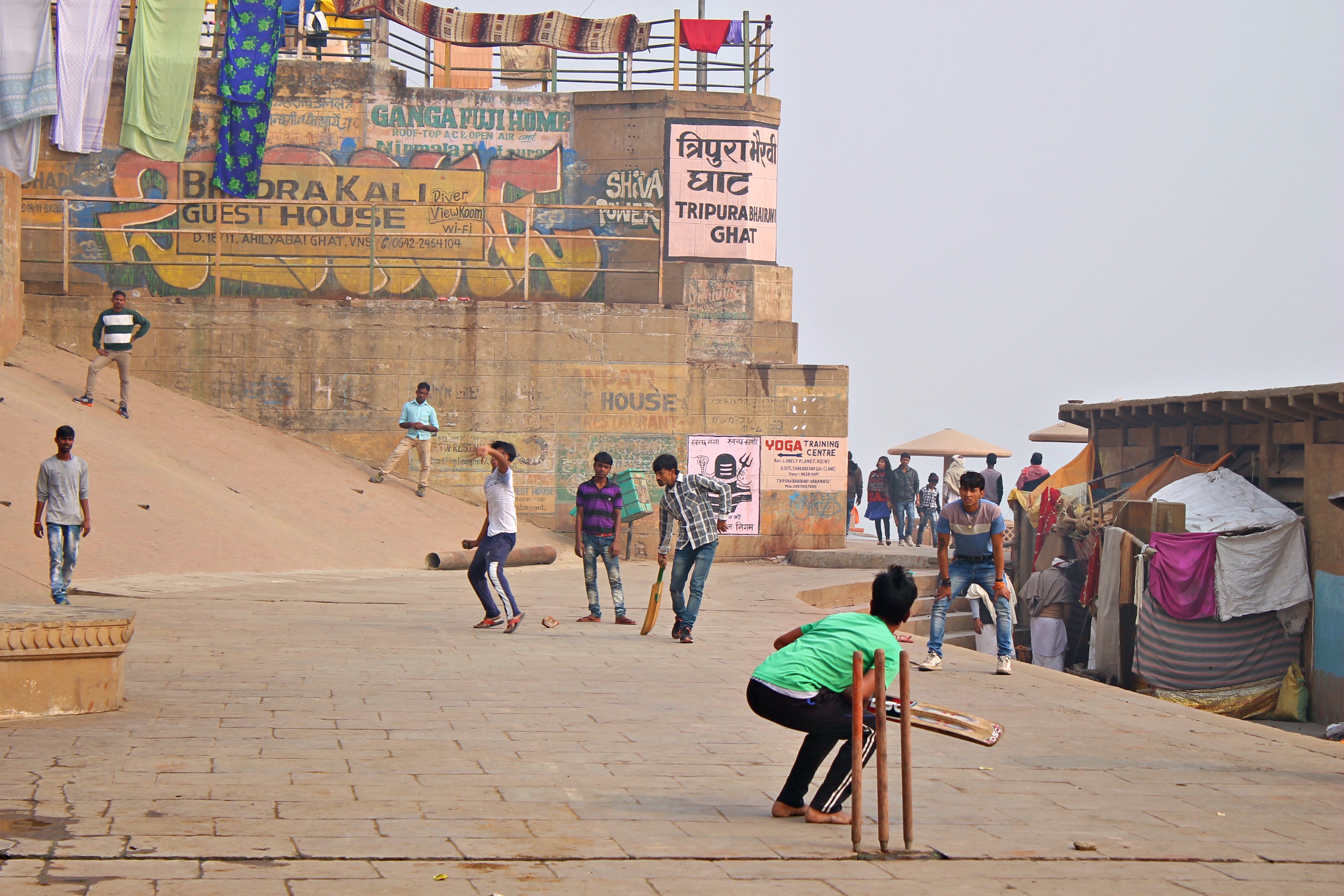
I can’t tell you how many times I saw kids playing cricket along the river. One guy even let me play catch with him briefly.
7) Seven Priests at Aarti

Aarti is performed in the evening as well as the morning. My first day in Varanasi I woke up at 4:45am in order to see the morning ritual, and I’m glad I did. The ritual was much more impressive up close.
6) Six Vendors Selling
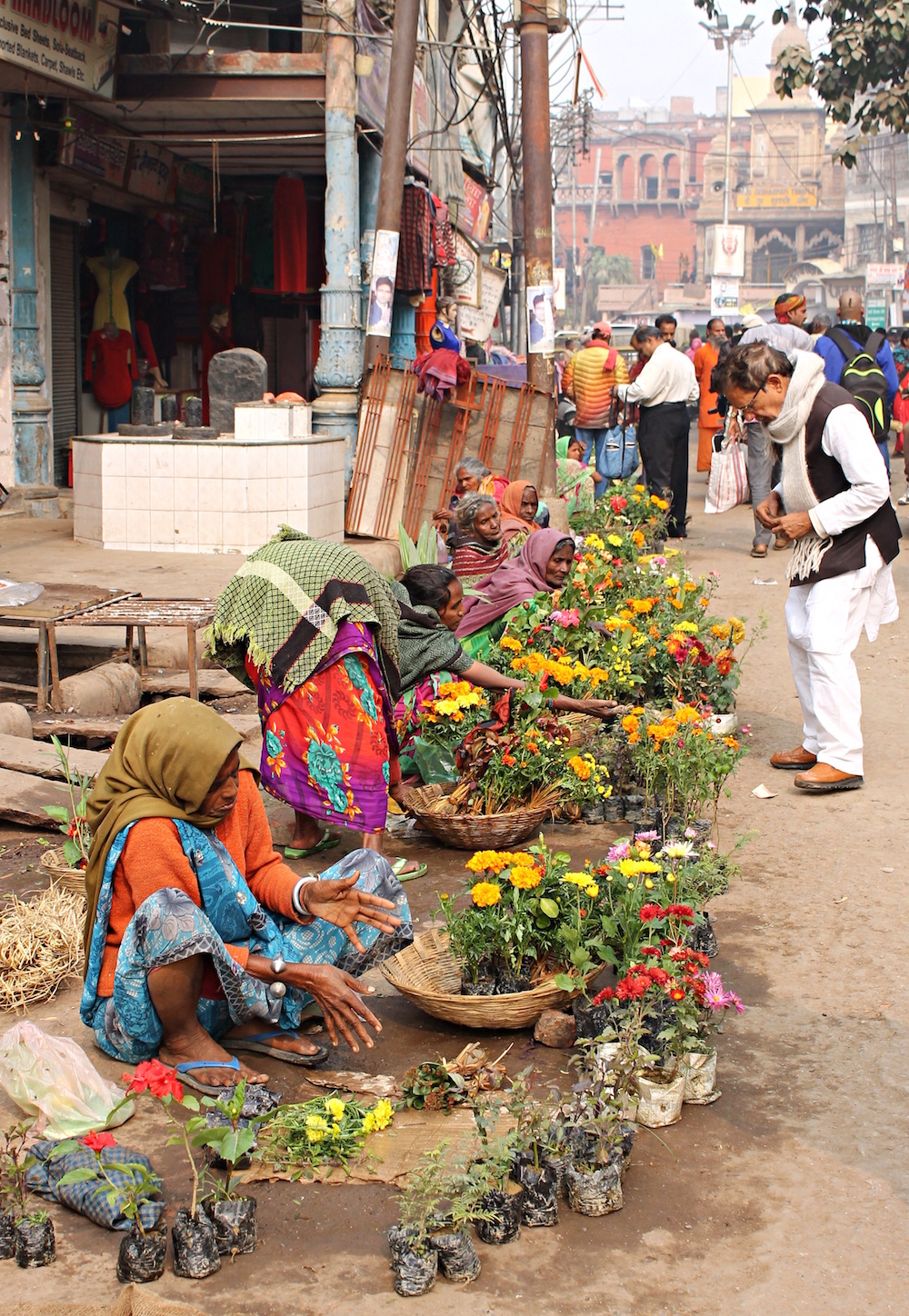
Markets. Markets everywhere.
5) Five Holy Cows

Cows are considered God-like in India. Beef and cow-killing is banned in many areas. Cows generally roam the streets (including walking with the cars). Here are some just sunning on the ghat.
4) Four Sleeping Sadhus
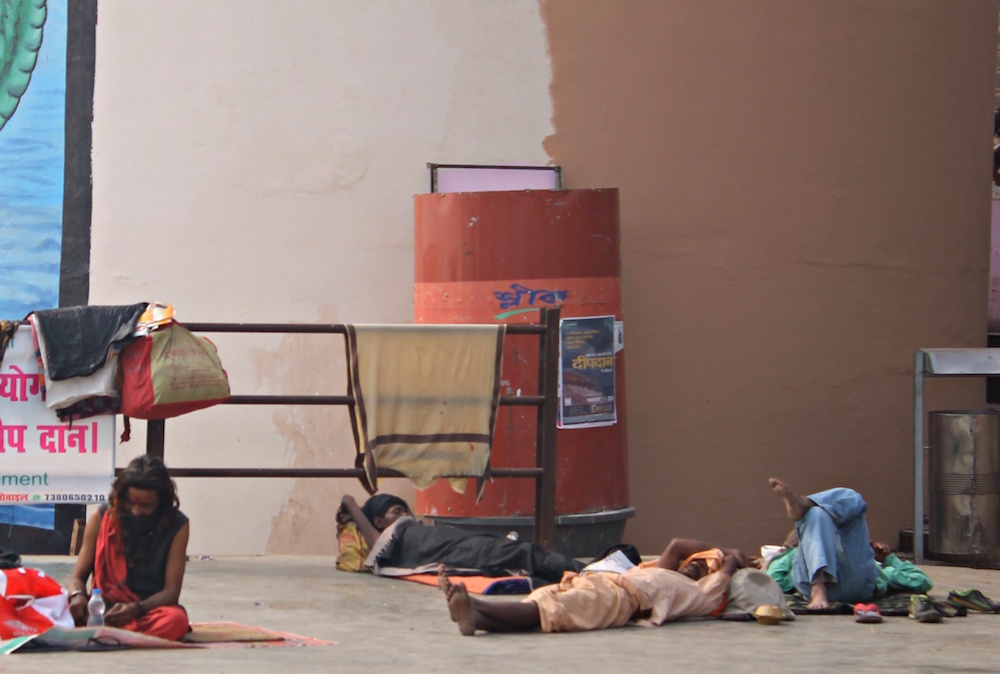
Sahus are religious ascetics/holy men. Their divinity is shown through their departure from material wealth and mainstream society in order to focus on the divine. They spend most of their time contemplating Brahman and meditating.
3) Three Scared Goats
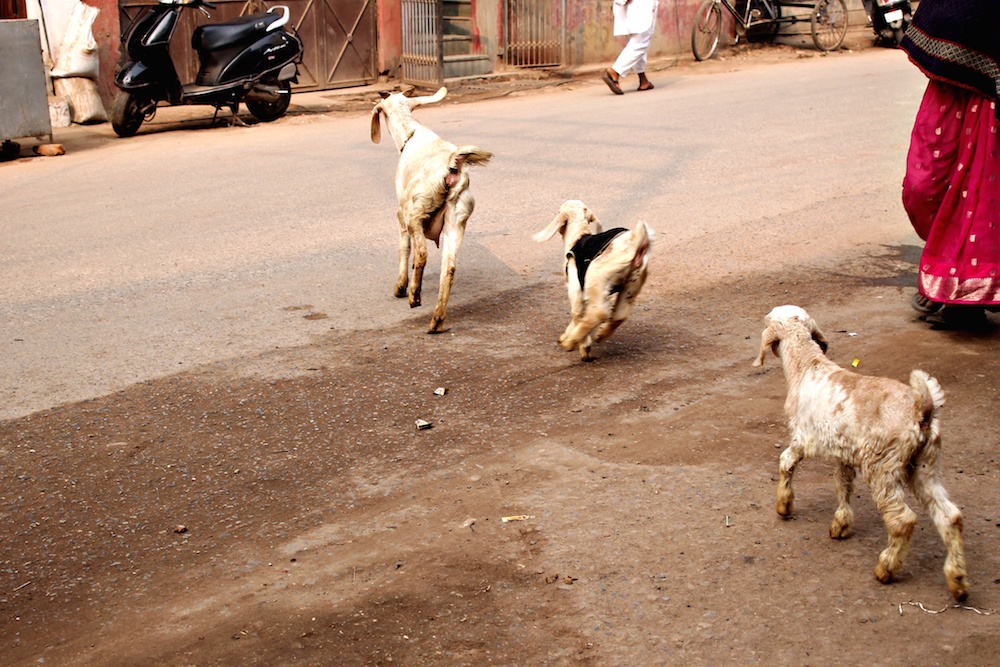
Goats can also frequently be found wandering the city. Like foreign tourists, the goats have similar trouble crossing the busy streets. This morning, a mother goat and her two kids took off during a brief lull in the cars and bikes. Only one kid made it to the other side. The other freaked out and ran back to the starting point. In a moment of true humanity, one of the vendors picked up the baby goat and walked it across the road back to its mother.

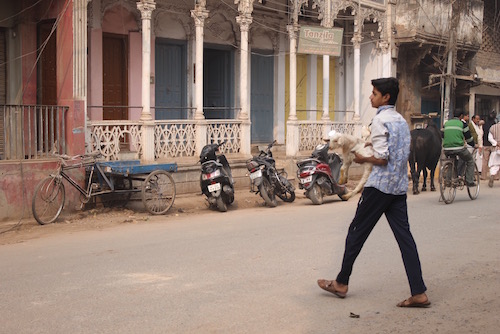
2) Two Vendor Kids
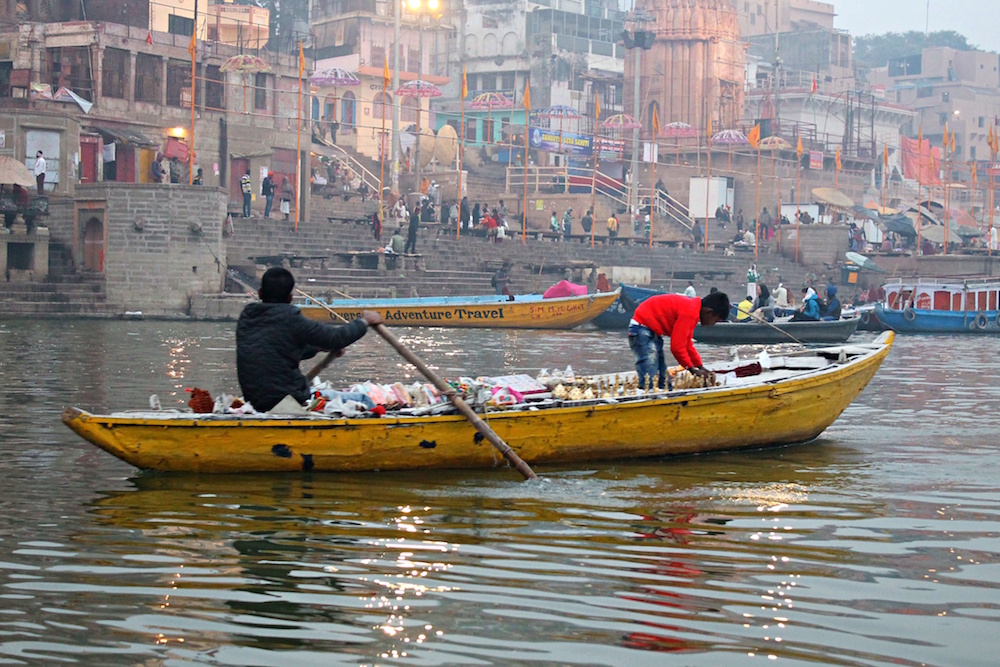
These two kids paddled their boat along the Ganges to sell flowers to tourists and pilgrims for 10 rupees for a little cup (15 cents). People place flowers in the water as an offering.
1) And an Elephant by a Palm Tree
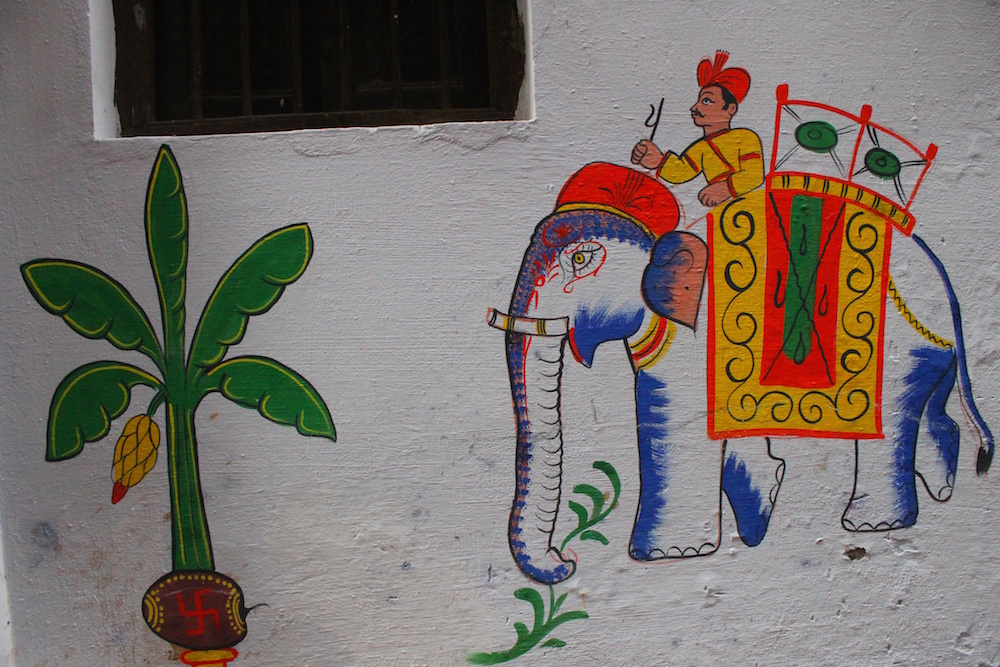
This morning I wandered around the old city, including the parts not frequented by tourists. One of my favorite things about the little alleys was how decorated the doorways and walls could be, often with little elephants or flowers.

Dealing with a broken bone anywhere, I’m guessing, isn’t very fun for anyone who isn’t a masochist. Mostly, I’m considering the broken bone in India a general blessing as opposed to the Untied States. To date, I’ve only spent about $130 total on: 3 doctors visits, 6 X-rays, pain killers/other medication, a sling, a cast, and the removal of said cast. Not bad at all in my opinion.
Today I was less than thrilled with my hospital experience. I don’t have any complaints about the actual doctor. He’s been fine (though very persistent that just putting a cast on me and not performing surgery was a medically sound practice and insisting all American doctors would have performed surgery). I like the doctor. I was really excited to get my cast off today.
UNTIL I saw the cast removal device. It was literally just a saw. And the person in charge of sawing it was not my doctor. I had no idea what his credentials were. He definitely couldn’t speak English. So, first he picks up the scary saw, plugs it in the wall, revs up the drill, and immediately walks too far from the wall and the plug rips out. This does not inspire much confidence.
It’s then I realize the device is literally held together with duct tape.


He tries plugging it back in with no luck. The other two sockets don’t work either. It takes three men to find another saw and plug it in. They start sawing and I’m terrified my arm is going to get chopped off. He is pushing down really hard on the cast until the saw goes through and starts cutting into my skin and I jerk away. Not speaking English, the guy very lightly touches his finger to the blade to show me it won’t cut me. He then proceeds to jab the blade through the cast and deep into my skin some more. At this point I’m physically pushing the second man (whose job was to keep my arm still) away.
A woman comes over and tells me it won’t cut me, its just vibrating. I tell her its hurting a lot and they all just proceed to let the man saw some more. Eventually he just cuts it off with scissors and I can see the mark on my skin and a bit of blood.

The cut wasn’t that deep, a bit like a cat scratch, but I expect more from a hospital. After my X-Rays I went back to the doctor who was absolutely horrified to see the cuts. I didn’t bring it up at all. He just took one look and told me “that’s not supposed to happen,” and said he should have cut it off himself. He apologized a number of times. They aren’t so deep but it means I can’t wear the temporary cast for support until the cuts heal.
I didn’t realize how much more my wrist would hurt now that the cast is gone. I still can’t work out so I’ve gained like 5-10 pounds this month and feel absolutely giant. Luckily I have a maid do my dishes 3x a week for 100 rupees ($1.50) but I still feel bad making her do them. Then Rohit cooks for me. So really, besides the being fat thing, its not the worst existence. I’m going to try to do an hour to two hours of simple walking everyday until I can go back to the gym.
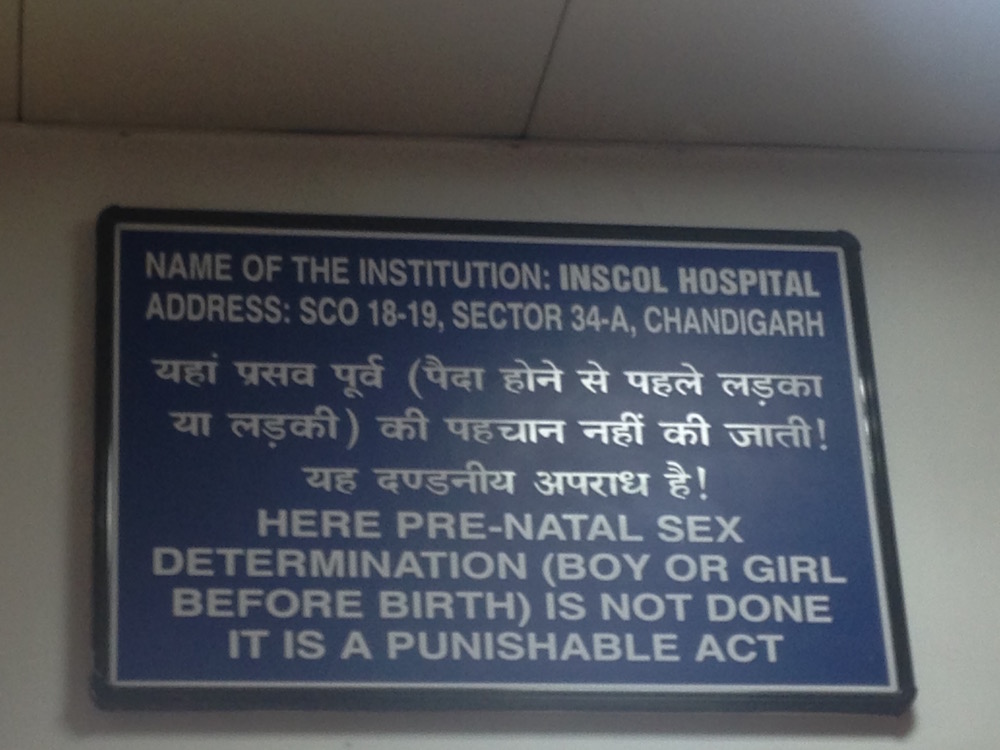
This, of course, is my private hospital experience. Government hospitals are even cheaper and, according to the people I’ve talked to here, quite good. The problem is overcrowding. People will wait in line for hours to be seen. According to the few people in India I’ve discussed this with, the ideal is to know someone at a government hospital who can get you in and get you a bed. Otherwise you have to pay more or wait. I can’t even imagine how healthcare is being affected by demonetization and what that means for people without bank accounts.
“Pre-conception and Prenatal Diagnostic Techniques (Prohibition of Sex Selection) Act”
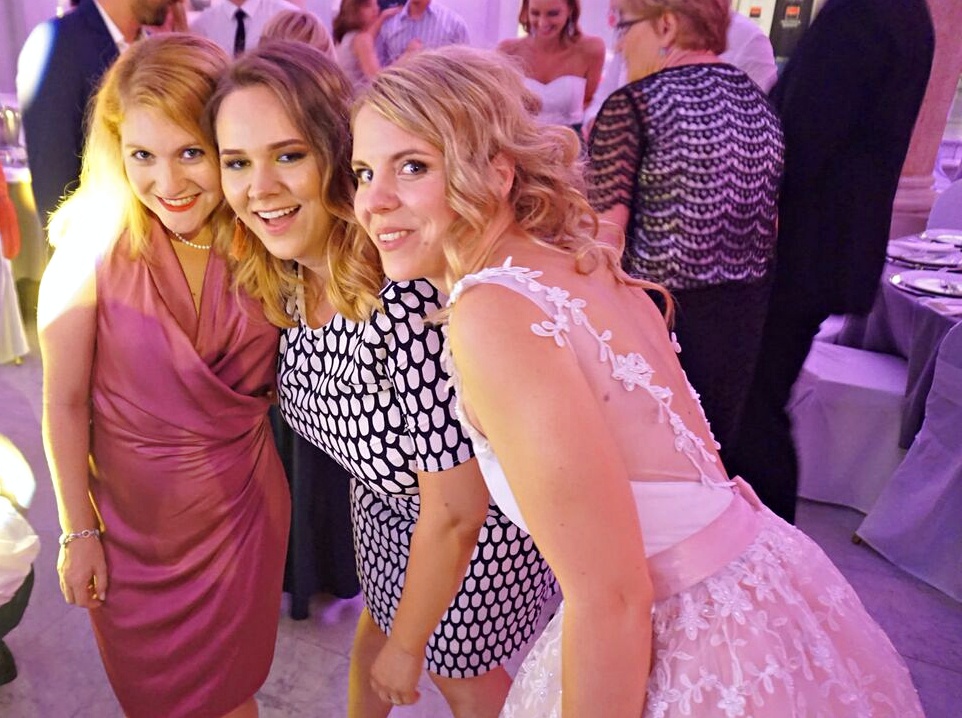
With Rachel’s bachelorette weekend looming in the near future, and her wedding only 2 weeks away, I’ve been preoccupied with marriage recently. A large part of the reason I am visiting the U.S. this October is to attend her wedding. With all recent the matrimonial preparations, I’ve been thinking about the last wedding I attended and realized I never blogged about it.
Three months ago I attended my first Croatian wedding for my friend, Sara, and her new husband, Mislav. It started with about a month of me wavering back and forth between if I should fly to Zagreb (I desperately wanted to) or if I should stay in India (and save money, work, be responsible, etc..). I told my mom the ticket was a bit pricey. She told me, “It’s worth it to keep these types of friendships alive.” That was all the excuse I needed.
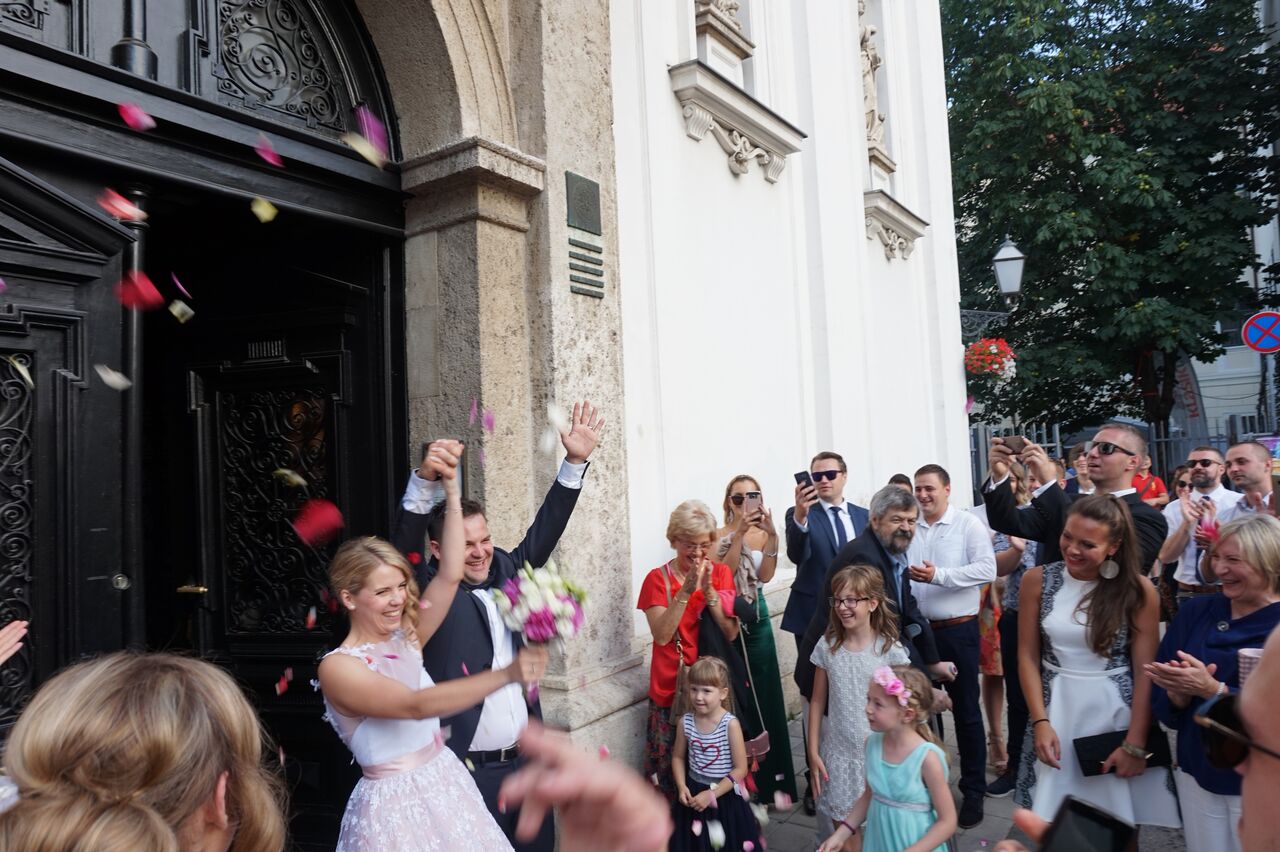
I met Sara 6 years ago in Budapest, Hungary. Sara was an Erasmus student studying in the same university as me (CEU). For those of you unfamiliar with Erasmus, it is a bit like an EU-funded study abroad program for European citizens. Martina (also from Croatia) and Lena (from Germany), along with Sara and I, formed a bit of a small “group” within our larger international group of friends at the time.
Having never lived abroad before, my first week in Hungary I felt incredibly out-of-place and a bit nervous about spending four entire months in a foreign country. Despite being part of a study abroad program, the university was comprised almost entirely of Master’s students, all older than me by a few years. At the time, I was a radically different person than I am now: shy, studious, a bit “type A.” I had my future entirely planned out: graduate school, PhD in history, staying with my college boyfriend forever, living comfortable on the East Coast. I was not the type of person who would try couch surfing, living in India, trekking alone in Nepal, or backpacking solo through the Middle East.
But once I got to Budapest, I started questioning who I thought I was and who I wanted to be. I made so many intelligent and independent friends living all over the world and I started wondering how I could continue living such a cosmopolitan existence.
This is a long-winded way of saying my time in Budapest, and with Sara (and Martina & Lena) is still extremely important to me. So, despite the slightly expensive cost of the plane ticket from Delhi to Zagreb, I decided that it would be great to see these girls again and keep these friendships alive. I’ve met so many people traveling and most of those friendships look a bit unraveled. I barely speak to anyone from my Master’s program despite only having graduated about a year ago. I’ve met so many unique people and many who I’ve cared about quite deeply. But, ultimately, when you move every year, you lose contact. So when I get a chance to reconnect with important people, I feel as though I should take it. And when Sara sent us a message inviting us to her wedding, I started checking plane tickets.
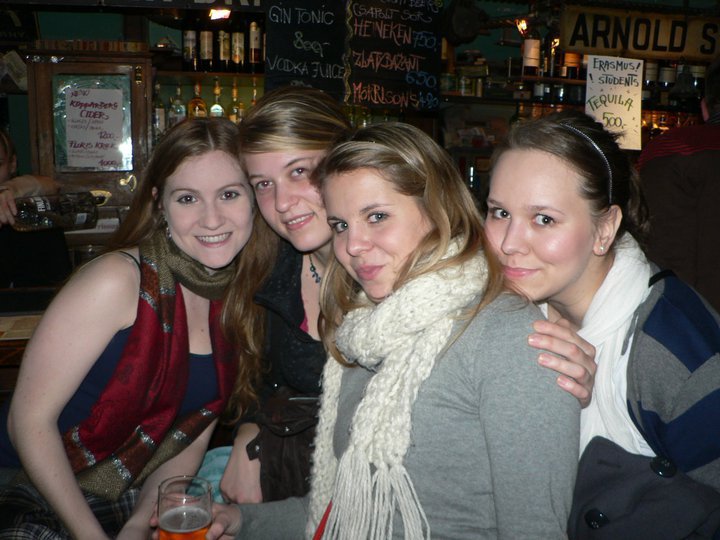
Plus, in July 2016 it had been 11 months since I had been in a Western country and I was starting to feel desperate for some familiarity. Yes, at this point Croatia counts as familiarity. It has beef, short skirts, and it’s relatively easy to buy normal products like tampons and moderately priced good wine.
I landed in Zagreb near the end of June and Sara picked me up from the airport. I felt a slight bit of anxiety before she arrived. Perhaps the four of us had changed too much. Maybe we were too different after 6 years and it would be an awkward trip. We had had a reunion in Budapest 3 years prior when I was living in Prague. But 3 years is still a long time.
Two weeks later I was bawling in the airport, wishing I didn’t have to leave and go back to India (I was obnoxiously sleep deprived which didn’t help).
I had so. much. fun. The first day I visited with Sara and met her (then) finance (now husband), Mislav. When you meet a couple and can instantly note the spark between them, it makes celebrating their relationship even more special. Mislav had me laughing all through dinner; he seemed like a great guy. Then Lena flew in from Germany. Since Sara was (understandably) pre-occupied finishing her wedding planning, Lena and I made ourselves scarce and took a bus to Dubrovnik to enjoy the sea and some sun before the big day.
The Wedding
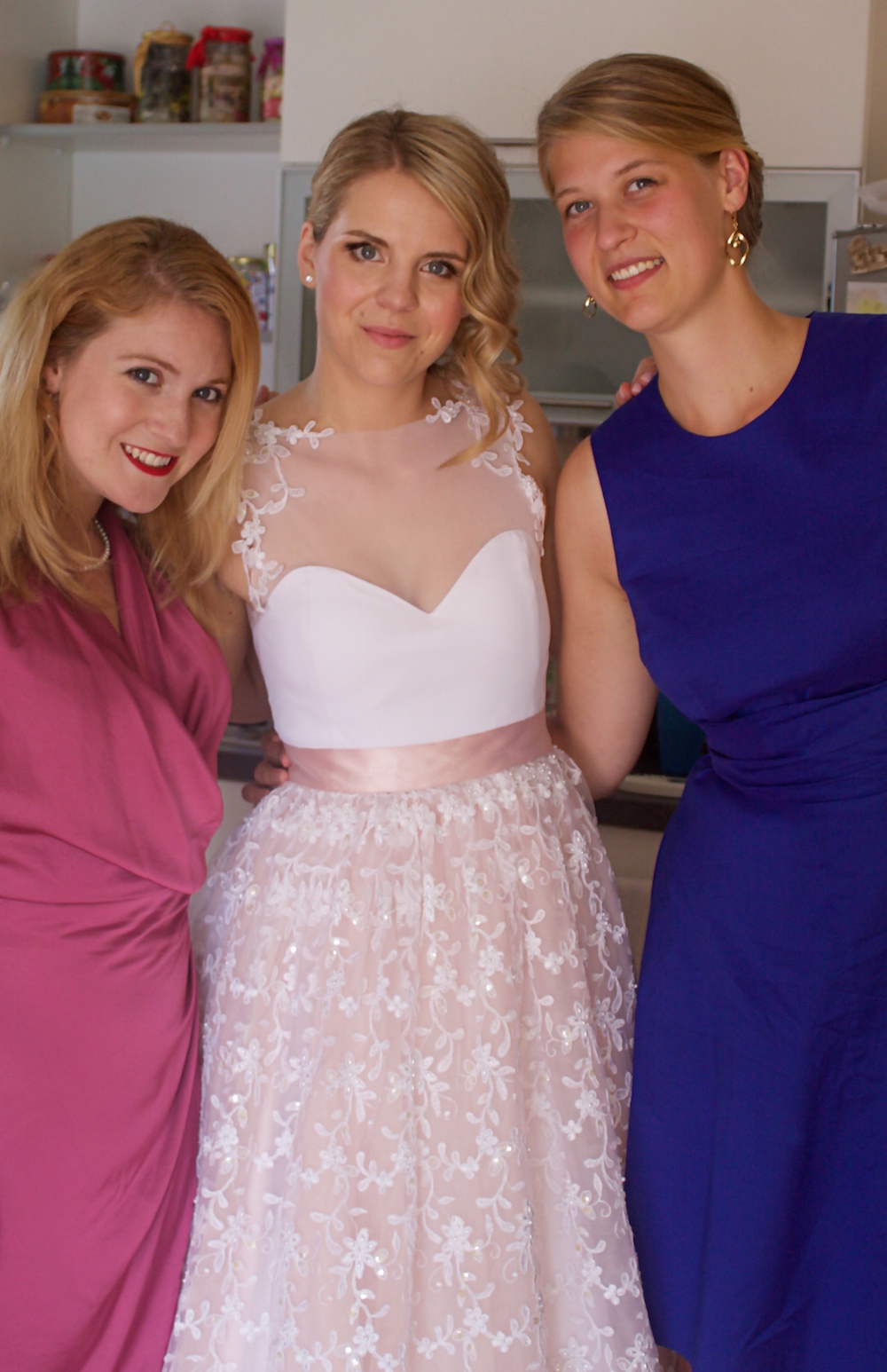
Sara had some friends to her apartment a few hours before the service for drinks and snacks. Even after she left for the church, we continued drinking at her apartment. The we drove to downtown Zagreb and got to take the funicular up the hill to the church for the marriage.


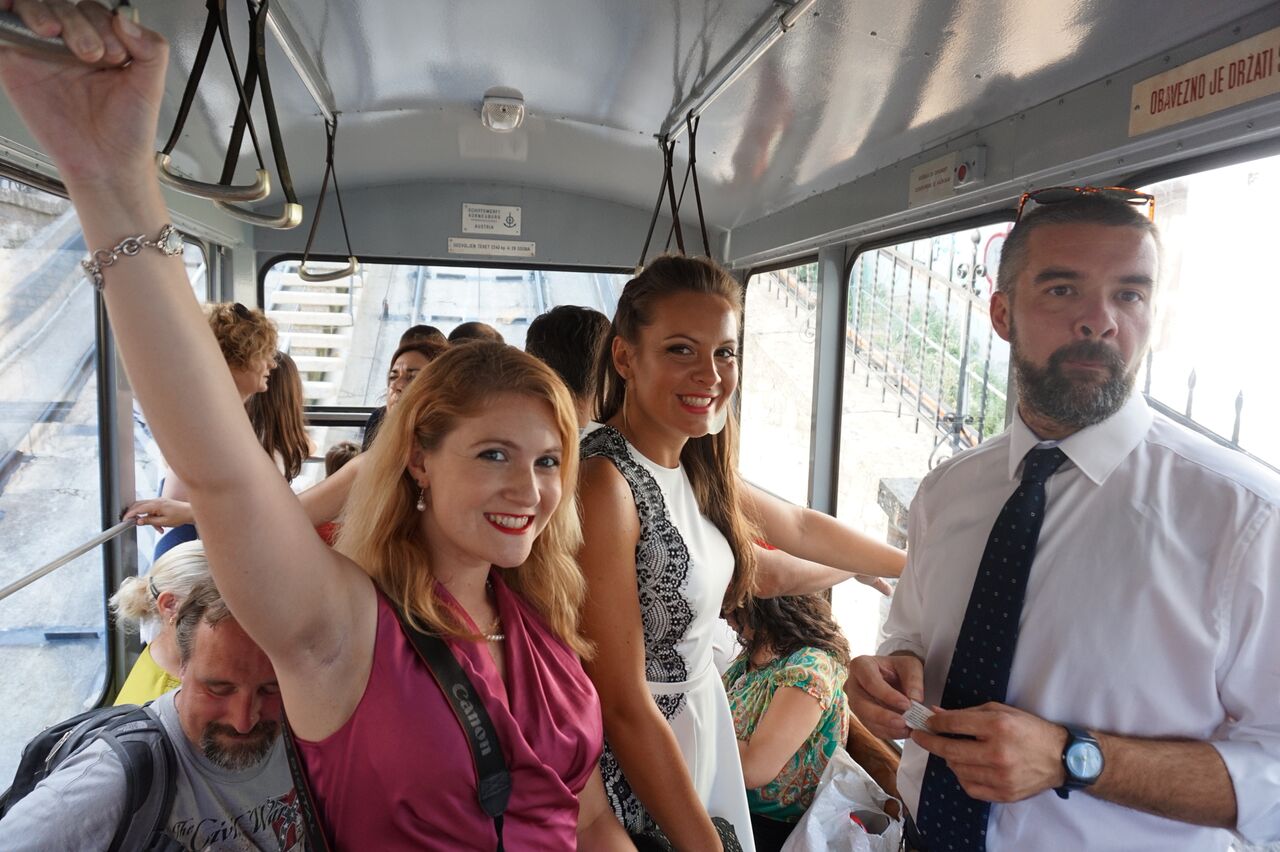
The ceremony was short and sweet (great for Lena and I since it was entirely in Croatian). I found it interesting that the bride and groom enter the church and walk down the aisle with the priest. The father leading his daughter down the aisle is very American and few people partake in that ritual.

Then we all left the church for the reception!
Sara and Mislav hosted their reception at the Mimara Museum in downtown Zagreb. It’s a cool art museum which had a spacious lobby and reception hall perfect for the event. Sara put the three of us at a table with some of her colleagues at the library in which she works so it was a very “young professional” table.

After Sara and Mislav had their grand entrance, we began the first of SEVEN COURSES! After the first course, Sara and Mislav had their “first dance” and were soon joined by the majority of guests. Then, a pattern emerged: eat, drink, dance, repeat. Literally, after an hour or two, the live band would cease playing, the colorful lights turned out, the regular lights flashed on, and everyone returned to their tables to eat. The wine flowed, the guests indulged. Then, within 30 minutes or so, the lights turned off, the band retrieved their instruments, and the dancing resumed. This lasted from around 8pm until after 4am.
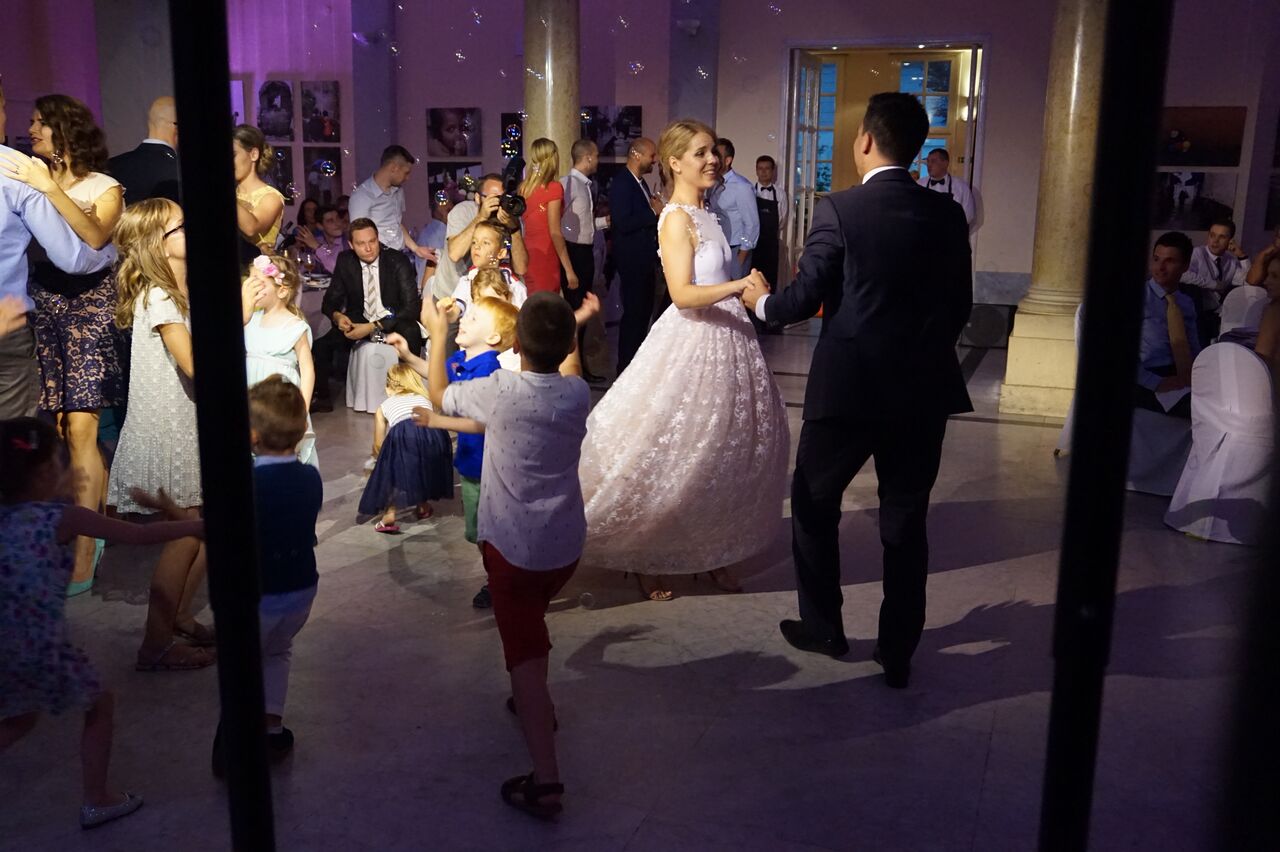


The food was delicious. My favorite course was actually the first:
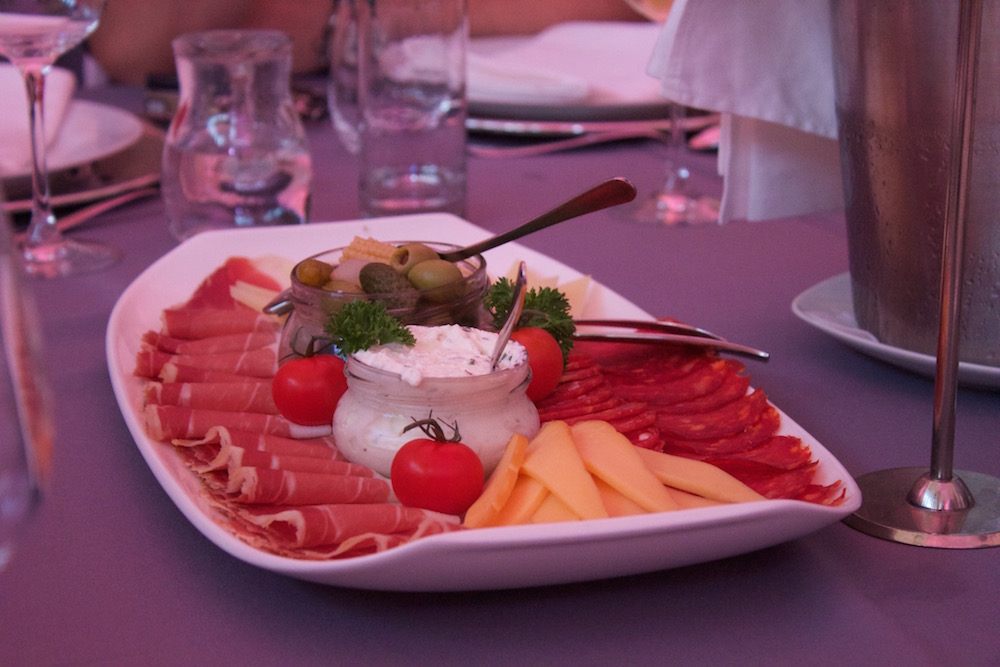
I could eat sliced meat and cheese for every meal. Salami and prosciutto aren’t meats I have the pleasure of eating often in India. Pork isn’t very popular. Fancy cheeses seems to be of a new “thing” in Chandigarh but still a rarity for me. Sadly I filled up on the meats in the first round of food and had difficulty eating much of the rest:
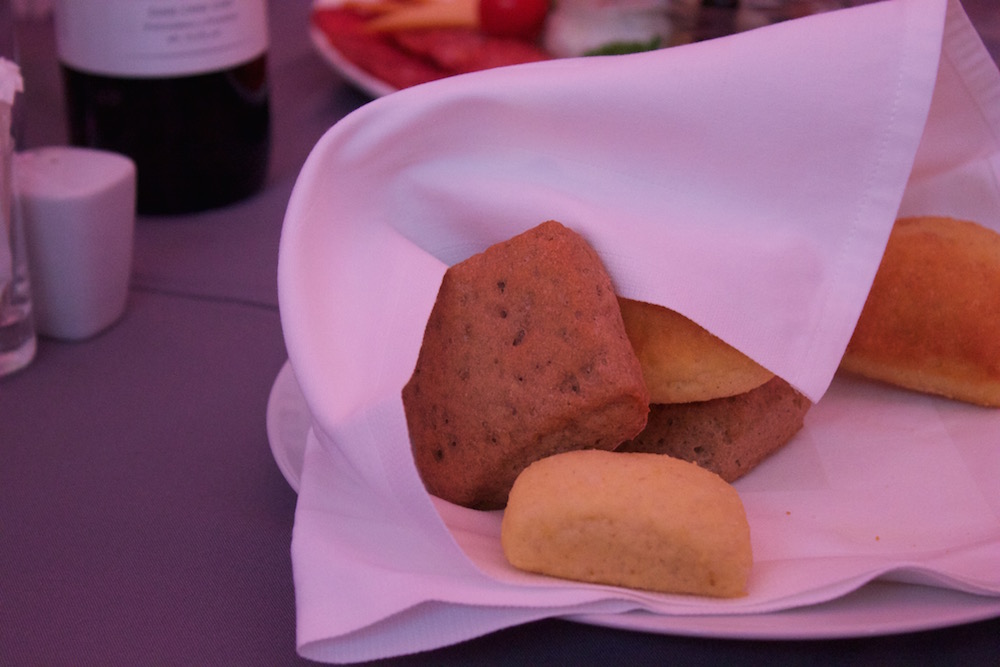
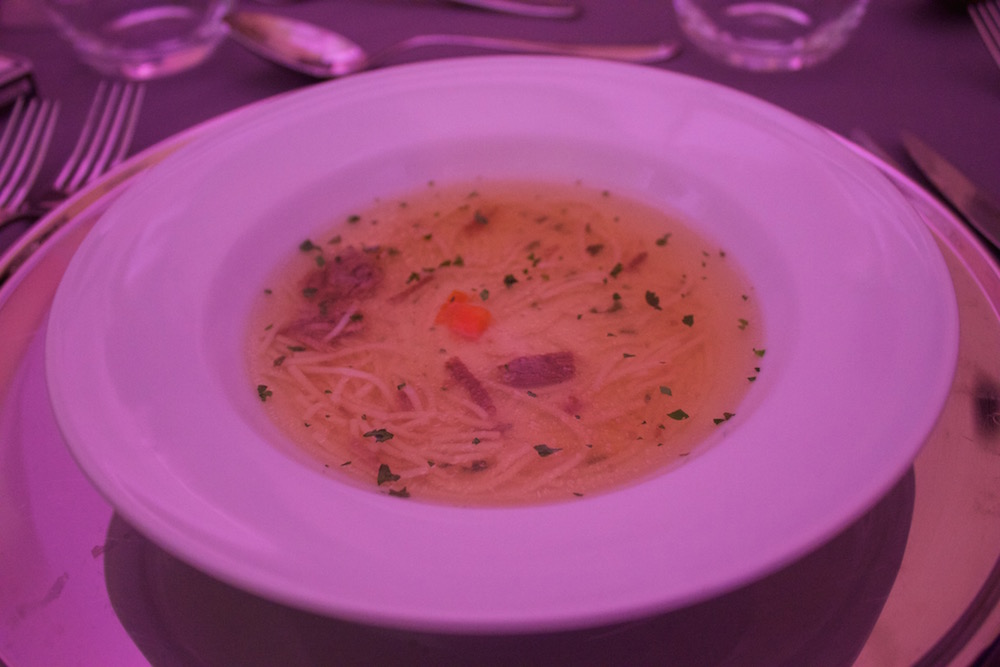
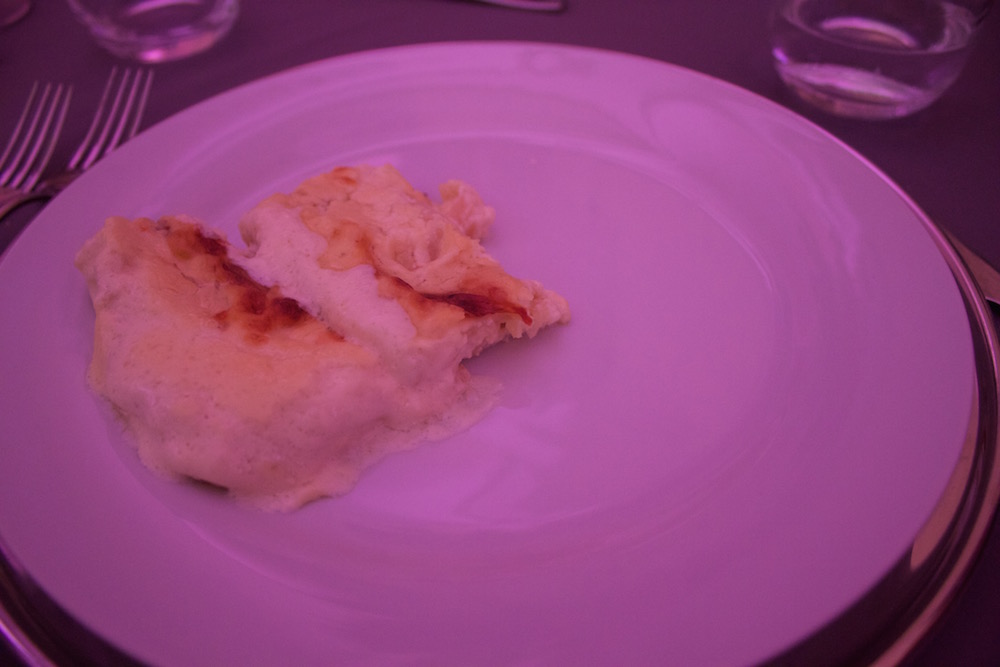
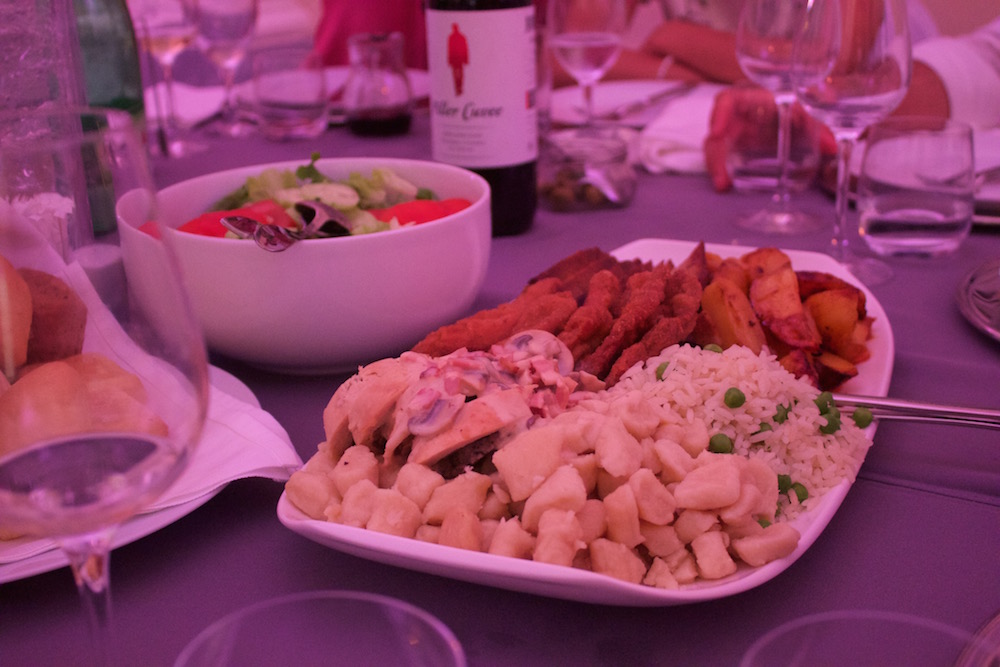




Around 3:30am (approaching 4am) Martina, Lena, and I said our goodbyes to Sara and left for Martina’s apartment. Lena and I both booked ridiculously early flights for that morning so once I got to Zurich for my layover I was extremely sleep-deprived and passed out hard on my flight to Delhi.
To reiterate, as someone who moves almost annually, I cycle through friendships faster than I would like. Most of these people probably have no idea how influential they have been to me or how often I think about them. I credit Budapest with most of who I am today. I don’t throw around the term “life changing” often but those 4 months truly were. I’m so happy with my decision to attend Sara’s wedding. Besides being an amazing party and getting to experience a Croatian wedding, it, more importantly, gave me a great excuse to revisit old friends and reminisce on old Budapest times.